A visit to Spain’s picturesque Atlantic coast is a great addition to any trip to Santiago de Compostela – whether you’re visiting Santiago as a tourist or a pilgrim walking the Camino. Located nearby, the fishing villages of Finisterre & Muxia are both peaceful and charming – with lots to offer visitors.
The towns lie along Galicia’s Costa da Morte (Coast of Death), named because of the large number of shipwrecks along the rocky & treacherous shores. In Roman times, the area was believed to be the end of the known world. In fact, the name Finisterre comes from Latin FINIS TERRAE, meaning “Land’s End.”
The Camino de Santiago Connection
Both Finisterre & Muxia have deep connections with Spain’s famed Camino de Santiago pilgrimage. For centuries, religious pilgrims from all across Europe would journey by foot (or horseback) to the Cathedral in Santiago de Compostela to pay their respects to the Apostle Saint James buried there. The pilgrims would then continue walking out to the sea to collect a seashell as evidence of their successful journey.
Fast forward to today. Modern pilgrims walk the Camino for a variety of reasons, not just religious. Of the multitude of pilgrims who reach Santiago de Compostela, some decide to continue onto Finisterre. The “Camino Finisterre” walk is an additional 90 km (54 miles) and takes 3-4 days.
The pilgrims’ goal is to reach Cape Finisterre & the iconic lighthouse at the tip of the peninsula. There, a popular ritual is having your picture taken by the 0,000 km Camino marker showing that you have, indeed, reached the sea and the end of your Camino journey.
My Visit / Focus of Blog Post
On my 1st Camino, I didn’t have enough time to visit Finisterre & Muxia. Thus, I was determined to do so on my 2nd Camino. Happily, I made it this time – which was June 2018. Plus, I did it the “easy way”– arriving Finisterre not by foot, but by bus and taxi (taking 1 ¼ hours vs. 4 days)!
I spent one night each in Finisterre and Muxia, with only about 1/2 to 2/3 of a day to tour in each place. I did get a good feel for the two delightful towns, but I really would have liked more time. Plus, the weather was often rainy. Hopefully, I’ll be back to walk another Camino, including the route to Finisterre. Thus, I’ll get to see the things I missed the first time, and hopefully in sunshine!
In this blog post, I am sharing highlights of what I did, plus other interesting things you might enjoy on your own visit to Finisterre and/or Muxia. Like me, you can arrange to spend some nights in one or both towns – which is ideal!
Or, if your time is very limited, you can take a full-day tour out of Santiago. I have more details in the last section of the blog under the travel-related information.
FINISTERRE – AKA FISTERRA
The pleasant seaside town of Finisterre (population ~ 5,000) has really grown as a popular visitor destination – attracting regular tourists and pilgrims who have walked the Camino Finisterre. FYI – you’ll see the town is called both Finisterre (Spanish name) and Fisterra (the Galician name).
Finisterre boasts a vibrant fishing port, good seafood restaurants, and a wide variety of accommodations. Plus, the town’s historic center is easy for walking and exploring its peaceful, windy streets. But clearly, the key highlight is a visit out to the Cape. So, let’s start there…
Visit to Cape Finisterre & the Lighthouse
It’s a gorgeous 3.2 km walk (each way!) from town out to the tip of the peninsula, on a gravel path paralleling the main road. All along the way, you have beautiful coastline views on one side and lush forest views on the other.
Upon reaching the point, the famed lighthouse – Faro de Fisterra – comes into view. Built in 1853, the torch of this critically important lighthouse can be seen around 23 miles on a clear day. Because of constant fog in winter, they built an annex in 1888 to emit a low-pitched siren which could be heard for more than 20 miles.
- Credit: DepositPhotos (both photos)
Today, the 2-story fog signal building (sitting on a hill just above the lighthouse) has been renovated and is operating as the small boutique Hotel O Semáforo. The hotel has five rooms, an upscale restaurant, and a café & terrace – all with great views of the rugged coastline. (below right)
I was interested to learned that Finisterre’s lighthouse is the second most visited tourist destination in all of Galicia, after the Cathedral in Santiago de Compostela. Plus, one of the main highlights here – for pilgrims & tourists alike – is getting your photo taken by the Camino marker of 0,000 km. (like me above)
Another popular activity is watching the sunset from the tip of the Cape. In summer, I’m told hundreds of pilgrims can gather on the rocks by the lighthouse to watch the sun sink below the horizon. However, another pilgrim ritual – that of burning an item of clothing by the cross (to signify the end of the journey) – is no longer permitted.
- Credit: DepositPhotos (both photos)
Unfortunately, there was no sunset viewing for me! I walked to the lighthouse, arriving right around 7pm. Just then, it started to rain & the fog came rolling in. It was okay for exploring, but not great for photos. Plus, the time of sunset on that June day was not until 10:10pm – and the rain continued all evening. Looks like next trip for the sunset…
Finisterre – Where Fish is King
Finisterre is a traditional fishing village. In addition to tourism, many local people make their living from fishing, as they have done for centuries. Walking down by the picturesque port & fishing harbor is a must. Plus, you can visit their almost-daily Fish Market, which sadly I didn’t have a chance to do.
- Credit: MarGalaica Turismo Marineiro
- Credit: MarGalaica Turismo Marineiro
Finisterre’s modern fish market building was built a few years ago on the side of their port. The Fish Market – called La Lonja – takes place Monday through Friday, starting from 4:00pm. The fish auction begins at 4:45pm. Here, in a big open hall, you can watch the latest catches being auctioned off in a boisterous manner – as fisherman and wholesalers actively negotiate their desired prices.
Pescaderia Reymar & My Fish Dinner
I may have missed the big Fish Market, but I had my own personal encounter with a delightful fish expert. While exploring the town, I passed by the fish shop, Pescaderia Reymar. The shop’s friendly owner Maria Jose motioned me inside. She wanted me to check out the beautiful display of fish she had for sale, which were all fresh from the town’s fishing fleet.
Maria Jose comes from a long line of fisherman – including her father & brother (both late) and her husband – so she really knows her fish! And, she was so very proud to show me her different kinds of colorful fish. They even had bar codes on the paper labels.
There were also some intriguing black & white old photos on the wall. So, in Spanish, I asked Maria Jose about them. The fisherman in the boat with the sardines is her father-in-law (photo). Another was her young brother & dad on a boat (not shown). I learned that the fisherman work Monday through Saturday – and they start early like 4-5am and return around 6pm. Not an easy life, for sure!
At the end, I asked Maria Jose for a recommendation of a good seafood restaurant – I mean, who better to ask? Turns out, not only did she have a favorite restaurant – Meson Arco de Vella – but she actually left her shop and walked me the two blocks there. So, I had a lovely dinner of grilled prawns, on a second level overlooking the harbor. Yep, despite the rain, it was a very good day!
Castelo de San Carlos – Fishing Museum
You can also visit the town’s mid-18th century Castelo de San Carlos, which has been transformed into a museum of local fishing culture. Entry fee is around €2. Even though I did not visit, it sounds great (per the TripAdvisor reviews). It will definitely be on my list next time.
- Credit: TripAdvisor- Alvaro Agustin P
The reviewers call this small museum – set on attractive castle grounds – a real gem. You will get the chance to learn about the important history of fishing in Galicia and come to understand the incredible difficulties local fishermen face from the elements, like fog, gales and submerged rocks.
Finisterre Boat Tours / Sunset Cruise
Another popular activity is taking a boat cruise from the Finisterre harbor. Crucero Fisterra offers three different boat trips & routes – one of which is the popular Sunset Tour. Once again, I didn’t have time to take a cruise, but the TripAdvisor reviews are good.
During the season, per the website, Sunset Boat Tours are daily and last 1 ¾ hours. Departure times vary depending on the sunset. Cost is €15. First, you cruise other parts of the coastline before ending up near the Cabo de Finisterre lighthouse for watching the sunset. Apparently, they also provide some Galician music, appetizers, and a glass of wine. Sounds fun!
MUXIA
Muxia & The Camino de Santiago
The picturesque fishing village of Muxia is located on a small peninsula, about a 30-minute drive north from Finisterre. The town – with a population of just 2,000 – is an even more peaceful and laid-back place than Finisterre. It’s known for fish, plus its handmade lace.
The town is also a draw for Camino de Santiago pilgrims. There is a Camino route from Finisterre to Muxia, roughly paralleling the coastline. Pilgrims who complete this one day, 28km route get a certificate of completion called the Muxiana. In addition, some pilgrims walk directly to Muxia from Santiago (also 3-4 days), instead of going first to Finisterre.
Nosa Señora da Barca (Our Lady of the Boat)
Perhaps, Muxia is best known as the home of Nosa Señora da Barca (Our Lady of the Boat). This beloved sanctuary is housed in a rustic stone church built over the rocky shore – just a short distance from the 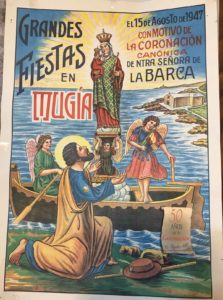
Legend says that the Virgin Mary appeared in a stone boat here in Muxia to deliver a message to the discouraged Saint James (Santiago in Spanish). She informed the Apostle that he had been successful and should return to Jerusalem, his mission in Spain complete. Mary also gave him the image of herself, which is displayed in the church.
The original sanctuary of Our Lady of the Boat was founded in the 12th century on the site of a pre-Christian chapel, and then rebuilt in the 17th century. The large granite stones outside the church are said to be the remains of the Virgin Mary’s stone boat – including the sail, the helm and the boat itself.
- Credit: Wikimedia Commons – Francisco Lopez Riveiros
My Walk to the Church & Lighthouse
Of course, visiting the Nosa Señora da Barca sanctuary was my main objective in Muxia. From town, it’s a beautiful walk out to the point along a pretty stone-paved promenade on the northeast side of the peninsula. Along the way, you pass the 14th C. Marine-Gothic style Iglesia de Santa Maria de Muxia – which I viewed from the outside. (photos below)
The short walk affords you gorgeous views of the windy, rough Atlantic seas. It’s no surprise there are wind turbines on the ridge of land across the bay. Plus, at the tip of the point, there’s a simple, lonely lighthouse standing guard.
It makes you wonder how many sailors have been saved from crashing onto the rocky point by this lighthouse. Perhaps, they also received “divine protection” from “Our Lady of the Boat” housed in the famed stone church nearby?
Inside The Church
Visiting the church is a must for all visitors, especially pilgrims who have walked the Camino. In fact, you can get your pilgrim credencial stamped here when the church is open for mass. I got lucky as I happened to be exploring the church area around 6pm, when a side door to the church opened up. So, I followed the other visitors in.
The priest and one male volunteer were inside preparing for the 7pm mass (daily during the summer season). We were welcomed and led back to the sacristy office where the priest himself stamped my pilgrim credencial – giving me the final pilgrim stamp of my Camino journey!
Monte Corpino Hill Views & Holy Mass
Afterwards, I headed back to town to get a quick snack and hot tea, which I needed to warm up from the rainy, blustery afternoon. First, I walked part-way up the tall hill behind the church – called Monte Corpino. From the top, on more hospitable weather days, you can enjoy beautiful views of the Muxia peninsula and town (like in the photos below).
- Credit: Wikimedia Commons – Adrián Estévez
- Credit: Wikimedia Commons – Libânia Pereira
I soon returned to the church for the 7pm holy mass. Even though I’m not Catholic, it was a perfect ending to my Camino experience. Plus, it was one more opportunity to view the famed sculpture in the altarpiece showing the Virgin Mary & three angels on a boat speaking with the Apostle James (below). Note: If the church happens to be closed when you’re visiting, you can still peer into the church through a grille in the door (per Lonely Planet).
- Our Lady of the Boat
Lacemakers
As mentioned, the town of Muxia is renowned for its lace. Turns out, there was a small brown wooden hut near the church and lighthouse – called Encaixe de Muxia. So, of course, I had to go inside to check it out. The walls were covered with different crochet & lace items for sale.
Plus, there was an expert lace maker hard at work. It was amazing to watch the lightning speed of this woman’s fingers! Marina told me she’s been making lace since age 4 and is a master teacher in her community for the young women – to ensure the tradition is carried on. I did buy a small lace tissue holder for €8.
My “Last Supper”
After mass, I walked back to town, famished and ready for a good dinner. I found a lovely restaurant named “A De Lolo” which was both elegant & cozy. I had a great meal of a tasty vegetable soup with pasta and my entrée was sautéed veggies with prawns. It was a delightful step-up from the pilgrim meals I had been having along the Camino!
So, yes, this really was my “Last Supper” in Spain. The next day, I would be heading back to Santiago by bus to catch my afternoon train to Madrid. From there, I would be flying home the following day to the States after spending over a month in Spain – a country which never disappoints!
And what a wonderful, albeit whirlwind, two days I had spent in Finisterre & Muxia. These charming fishing villages are both special places & really worth a visit! I hope you have the chance to visit someday, especially if your travels take you to Spain’s Santiago de Compostela or other parts of Galicia.
Travel Logistics for Finisterre & Muxia (from Santiago)
Full-Day Tour From Santiago de Compostela
- Galicia Incoming Services website offers a one-day tour (9am-6:30/7:00pm) for €35.
- It’s called “Tour to Finisterre – Costa da Morte.”
- The tour visits Muros, Ezaro’s Waterfall, Finisterre & Cape Fisterra, and Muxia.
- 2024 UPDATE – doesn’t look like above website is active, but I have no doubt there are tour operators who offer these type of tours.
Getting From Santiago to Finisterre
- A taxi takes 1 ¼ hours & costs around €85. It’s not cheap so perhaps you might be able to find some other travelers and/or pilgrims to share the fare.
- You can also catch a bus. MonBus offers several buses a day which takes 2-3 hours (with stops). The bus follows different routes at different times. The most direct bus takes 2 hours.
Getting From Finisterre to Muxia
- You can walk the 28km Camino route between the two towns!
- A taxi (which is what I did) took 30 minutes & cost 30 euros.
- There was a bus for €8, but on Sunday (my travel day), it only had a 9:30am departure.
Getting From Muxia to Santiago
- The direct route by car or taxi takes around 1 ¼ hours. An estimated taxi cost is 90-115 euros.
- You can also take a bus. Group Ferrin looks to be a good option. They have twice daily schedules between Muxia & Santiago via the most direct route.
- For example, depending on the day of the week, the bus departs Muxia at 06:45 & 14:30pm.
Rome2Rio – A Great Website Resource for getting from Point A to B
- Be sure to check out the VERY helpful Rome2Rio website for other ideas.
- Just plug in your From and To – and voila, you’ve got answers!
Town Maps – Courtesy of Village To Village Guides – Camino de Santiago
- Map Credit (for both): Village to Village Guide
Lodging – Where I Stayed (and Recommend)
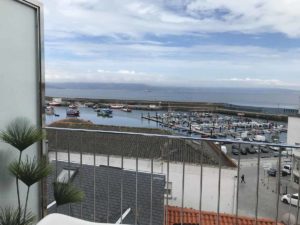
- It has a great central location & a nice café downstairs with friendly staff.
- I had a 4th floor individual room with a balcony and sea view for €50. (photo to right)
- I booked Hostal Mariquito through Booking.com
- Map above – it’s #15.
My Pilgrim Hostel (Albergue) in Muxia – Muxia Mare
- It’s a wonderful family run hostel – a delightful mom, dad & daughter!
- They have an 8-bed hostel / dorm room for pilgrims.
- I stayed in one of their 2 individual rooms (with a sea view) for €37.
- I booked Muxia Mare through Booking.com
- They also have upstairs apartment rooms for vacationers.
- Map above – it’s #3.
Another Pilgrim Hostel in Muxia
- The Albergue Bela Muxia has been highly recommended by a pilgrim friend.
- Bela Muxia can be booked through Booking.com
COMMENTS: Have you visited Finisterre or Muxia? Was it part of a Camino journey or touring around Galicia? What were some of your favorite things to do?

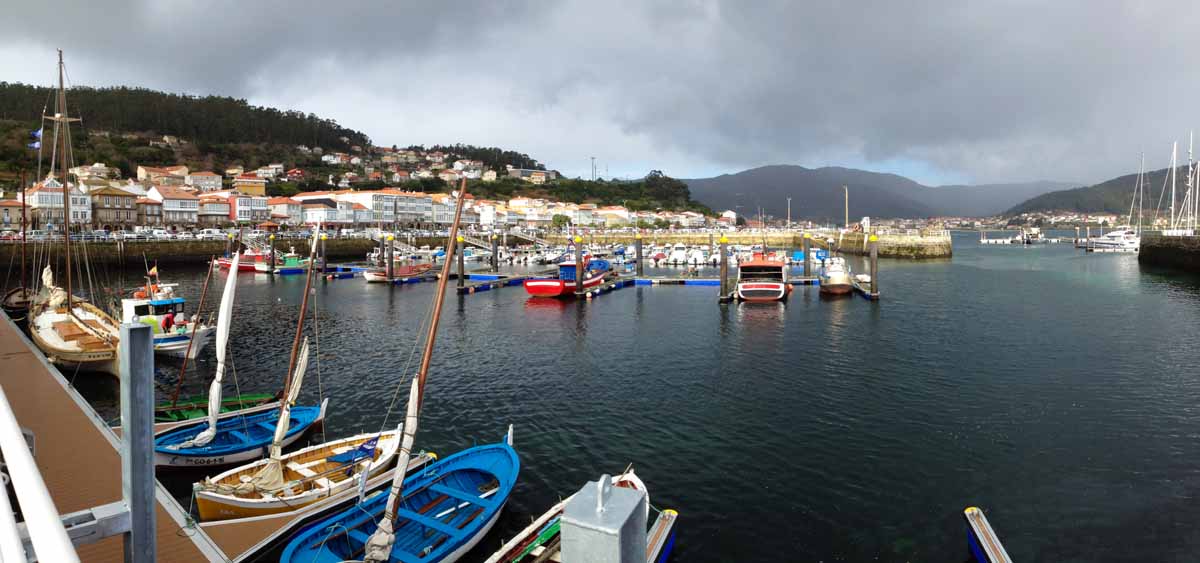
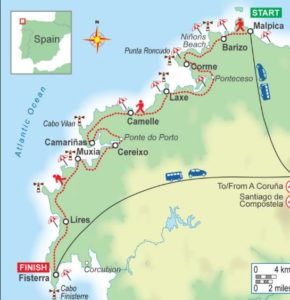
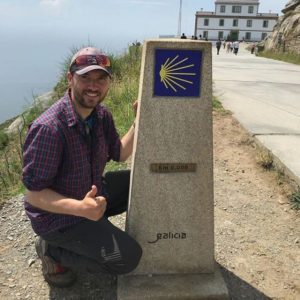
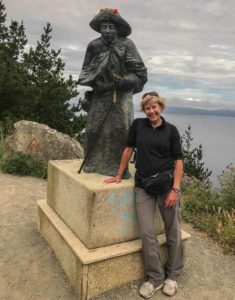
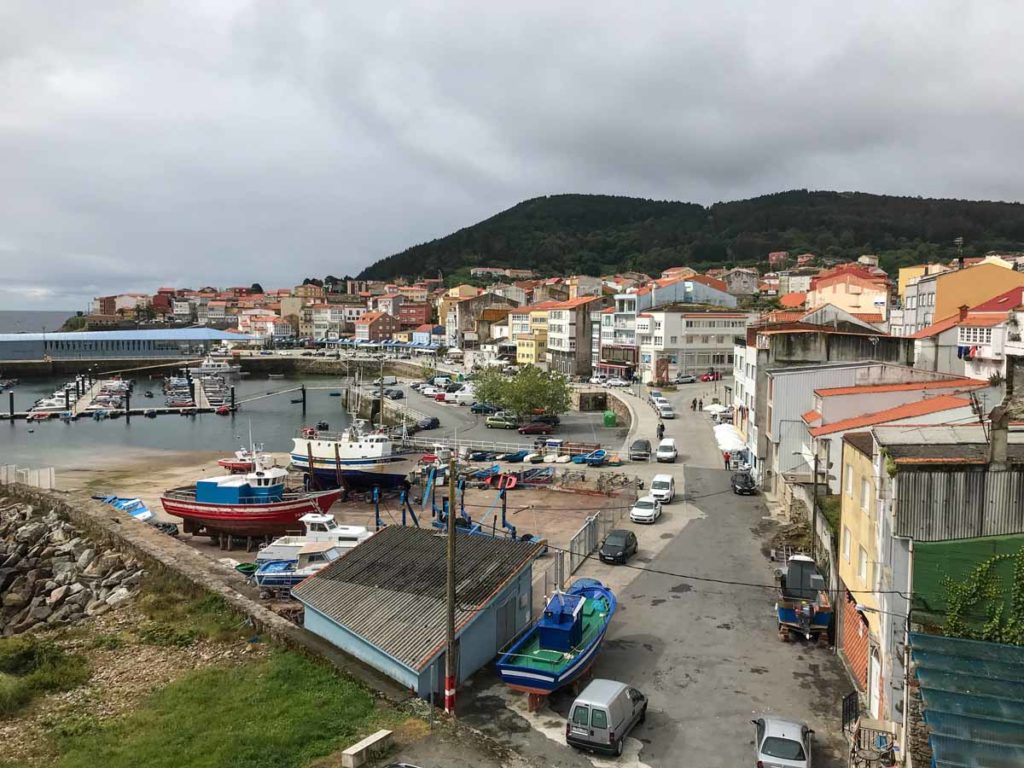
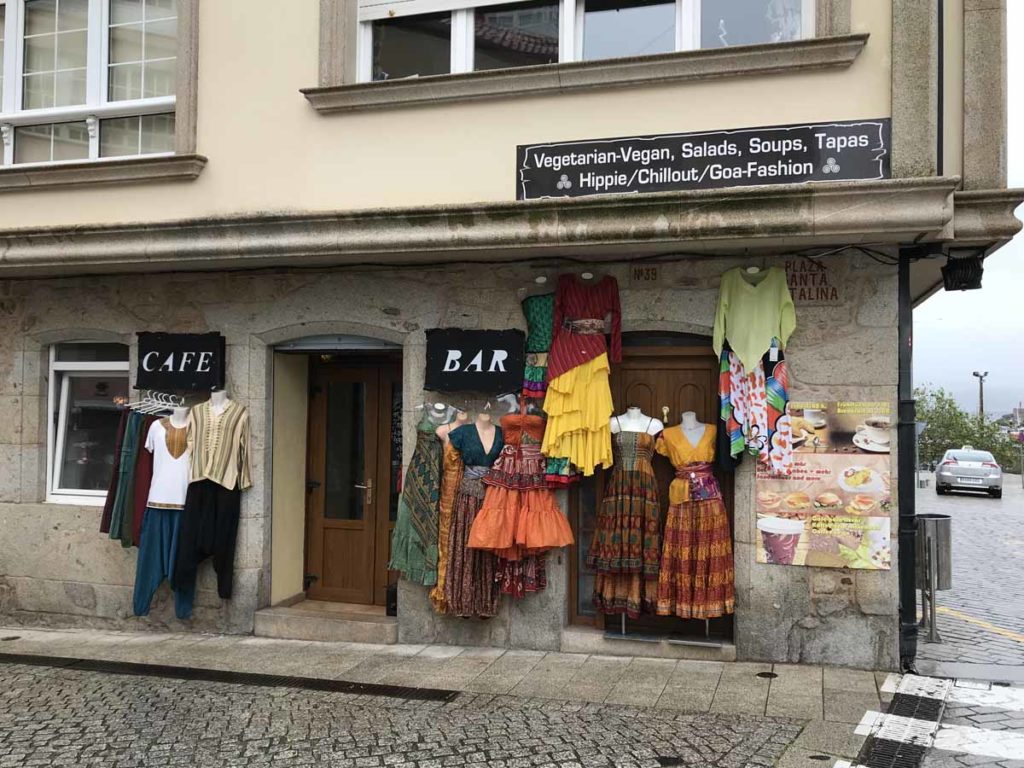
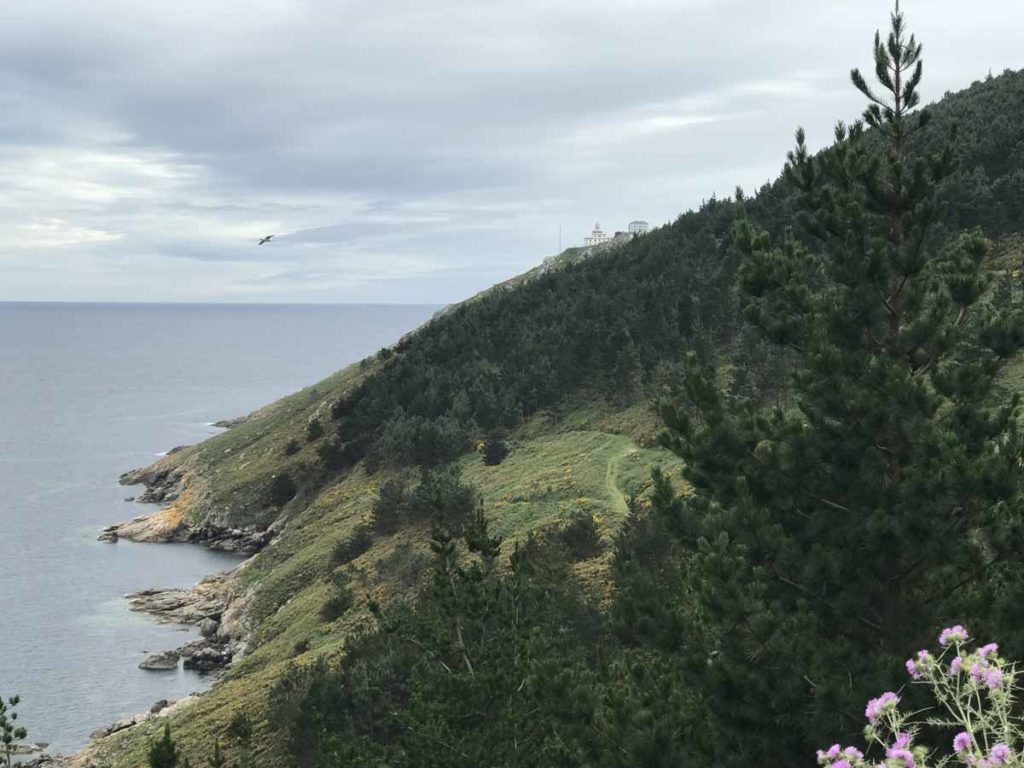
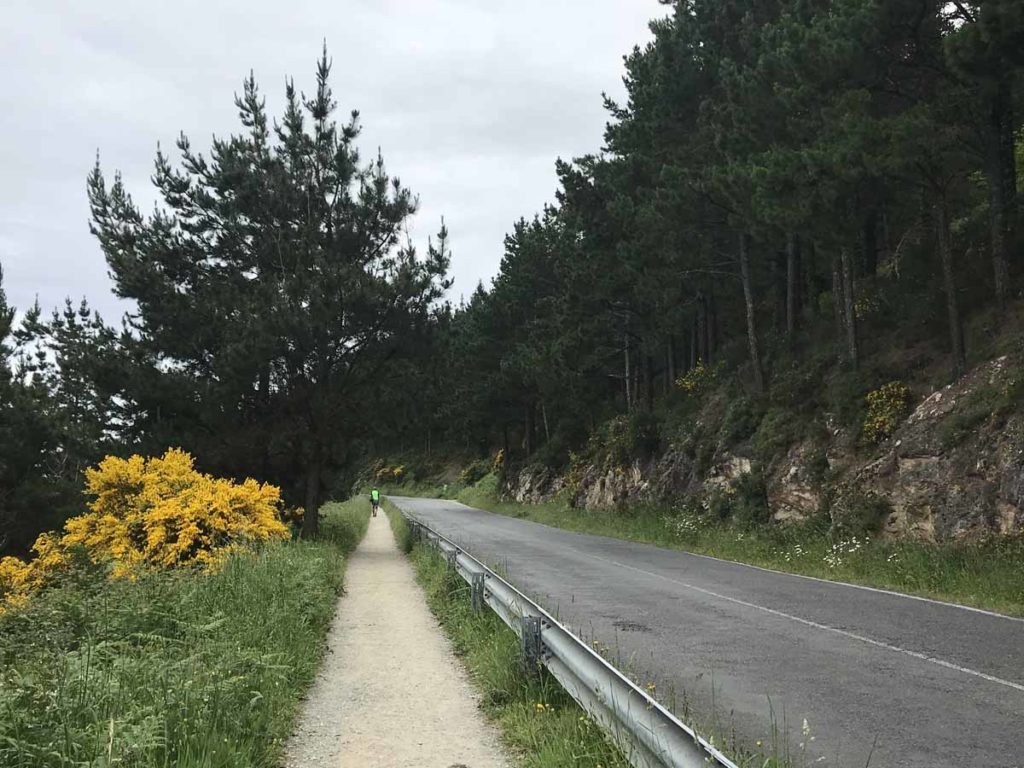
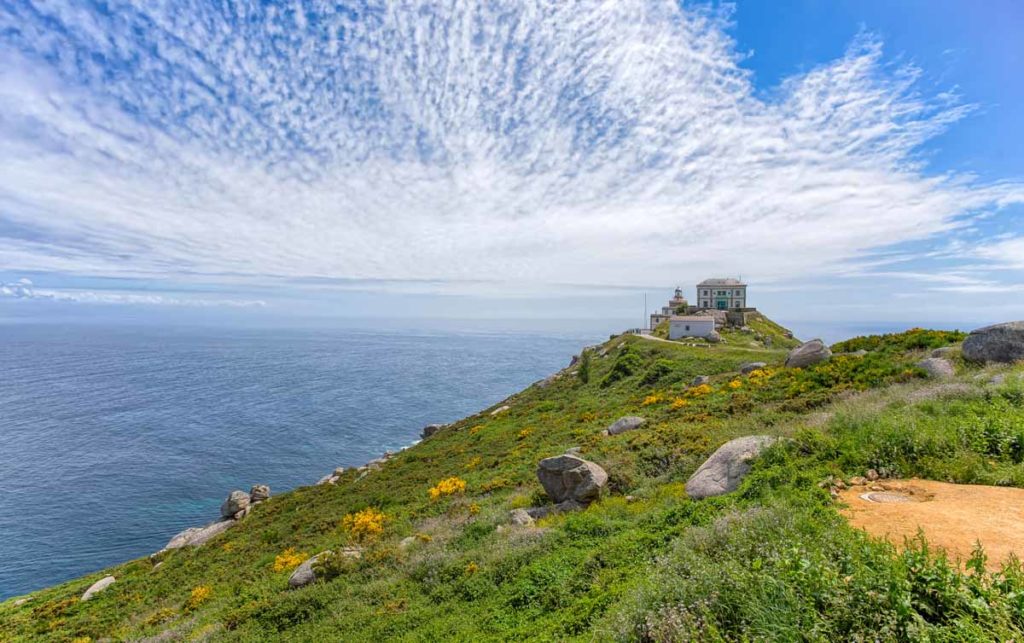
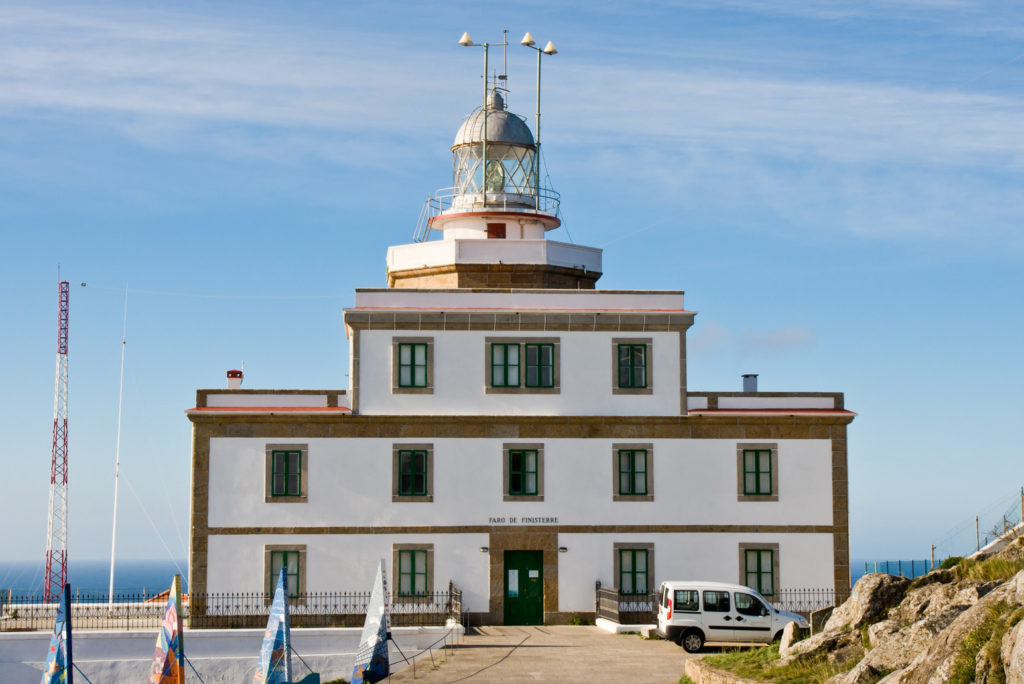
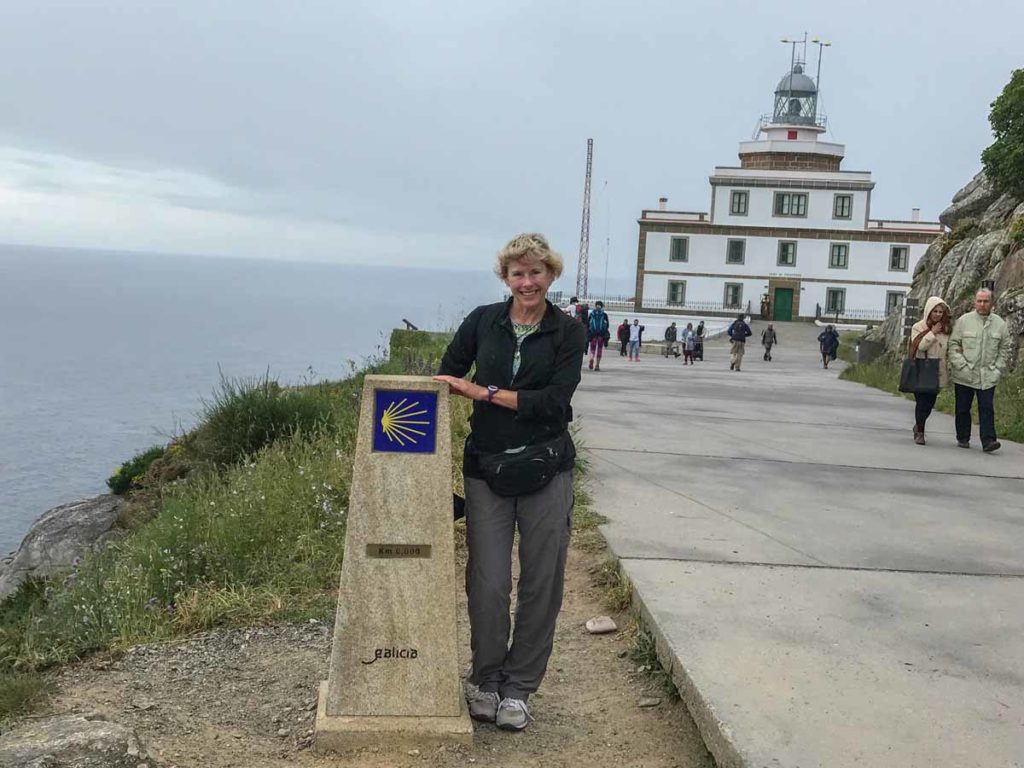
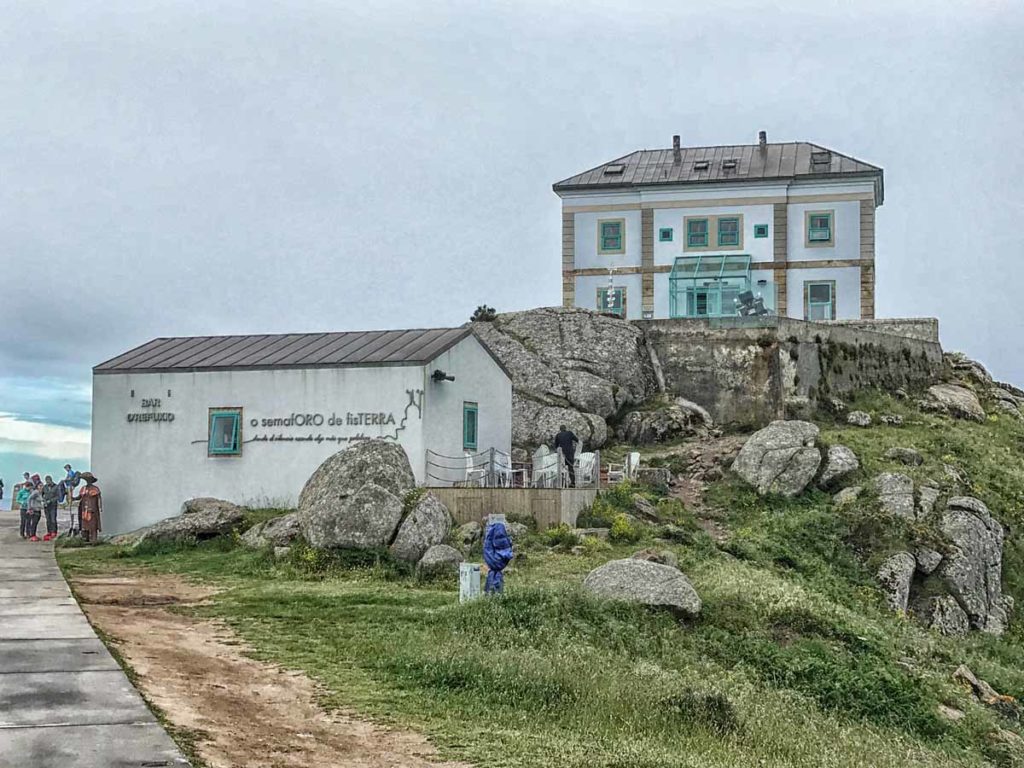
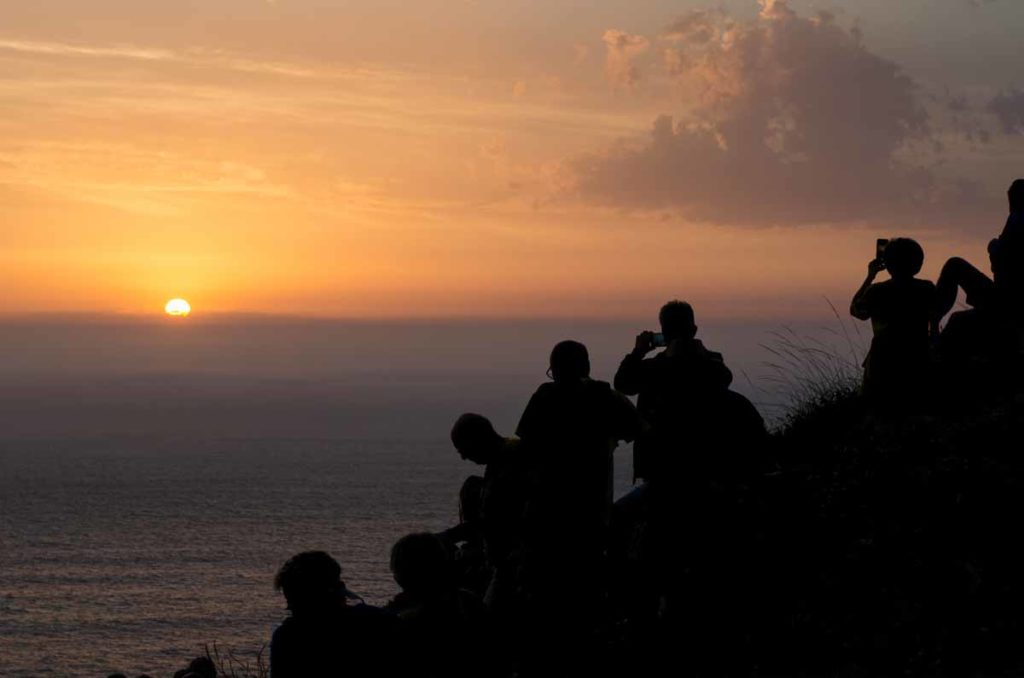
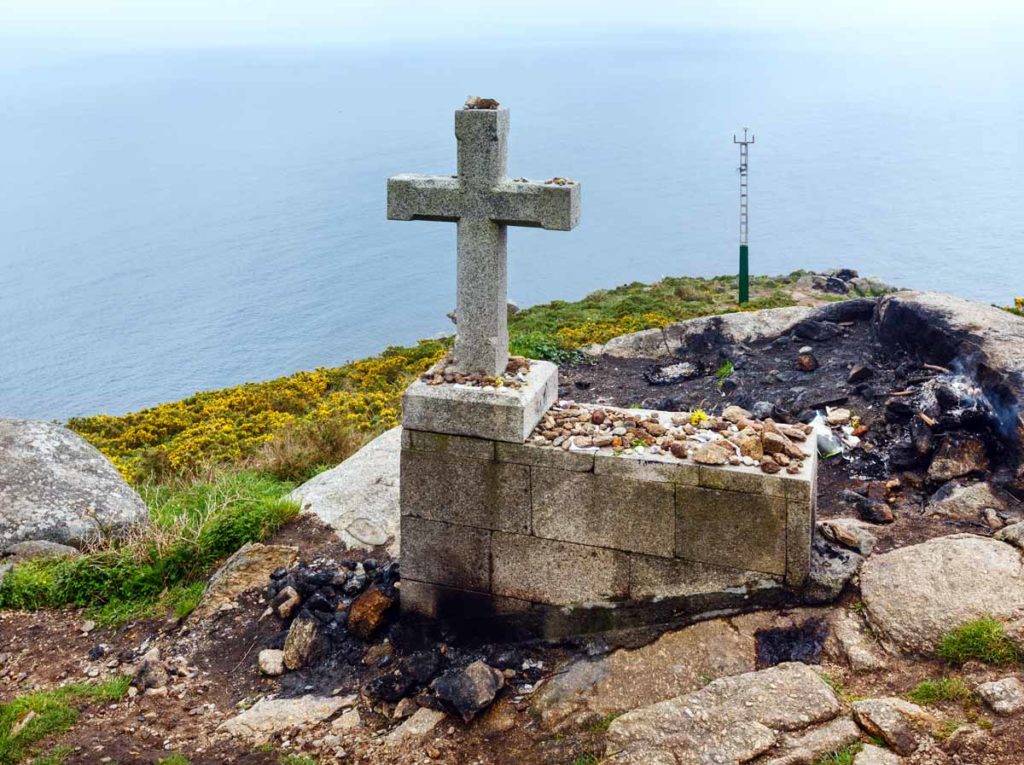
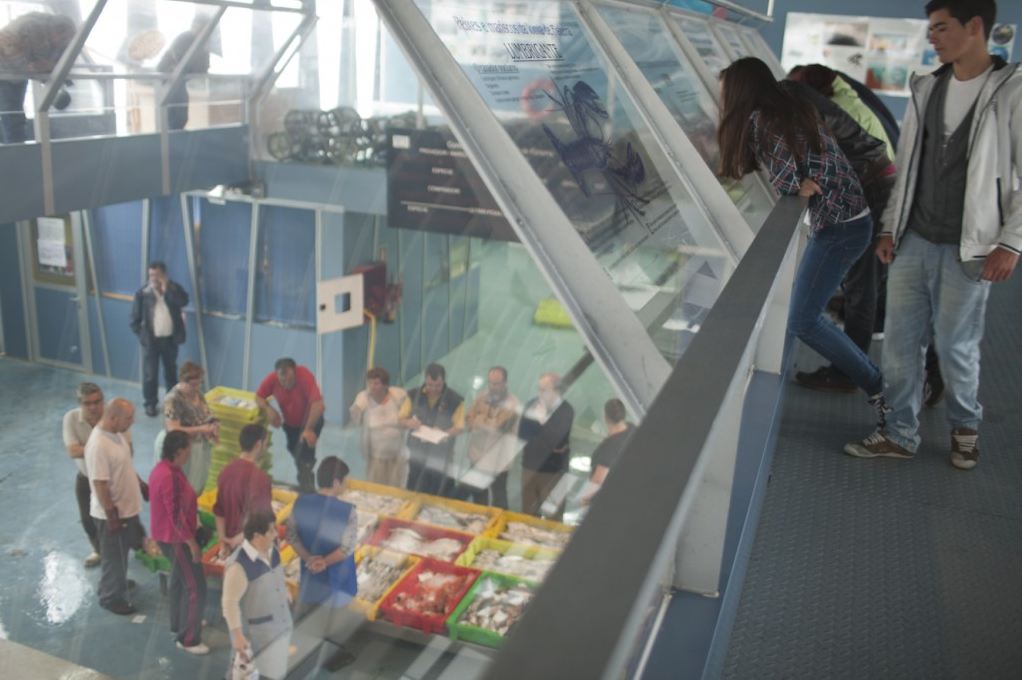
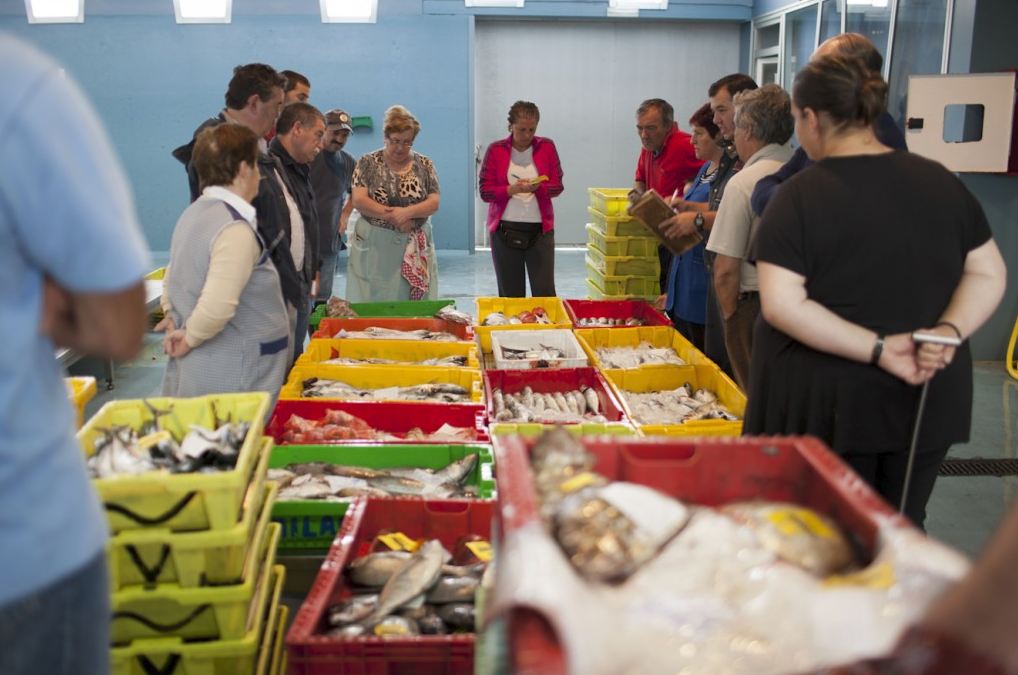
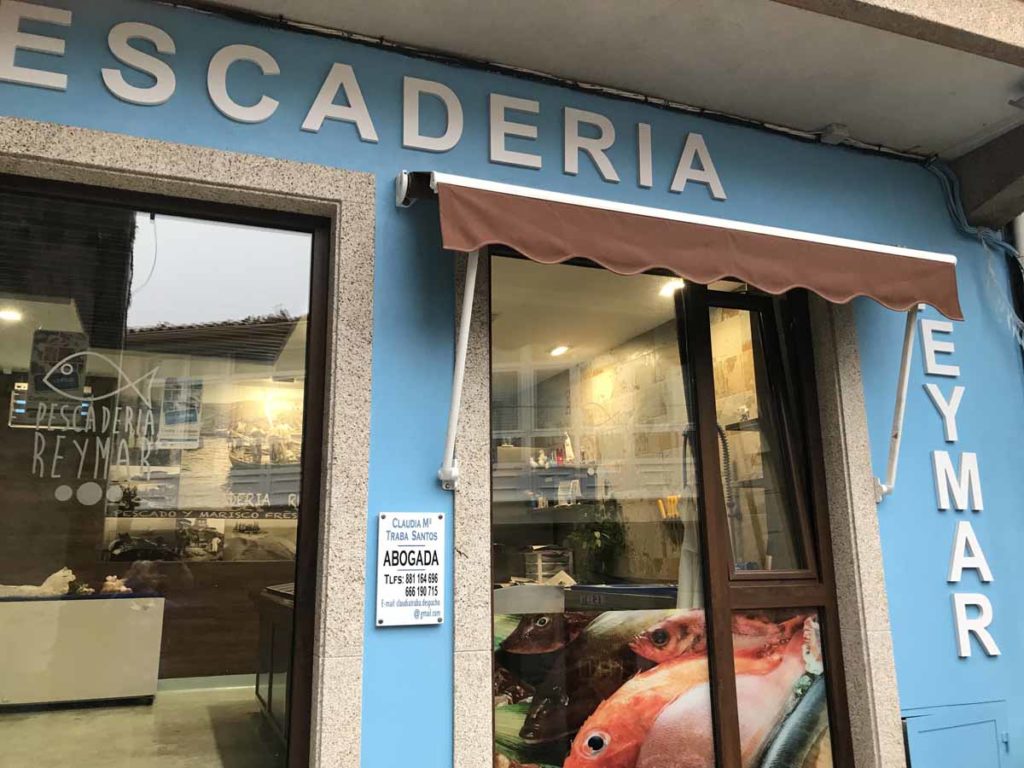
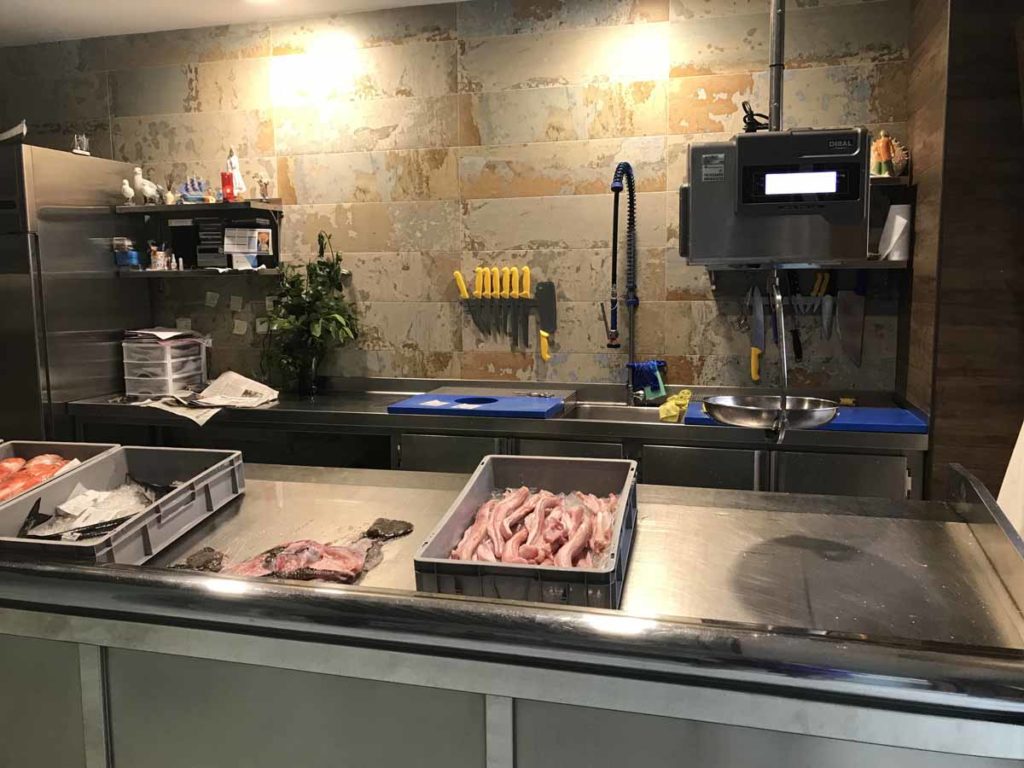
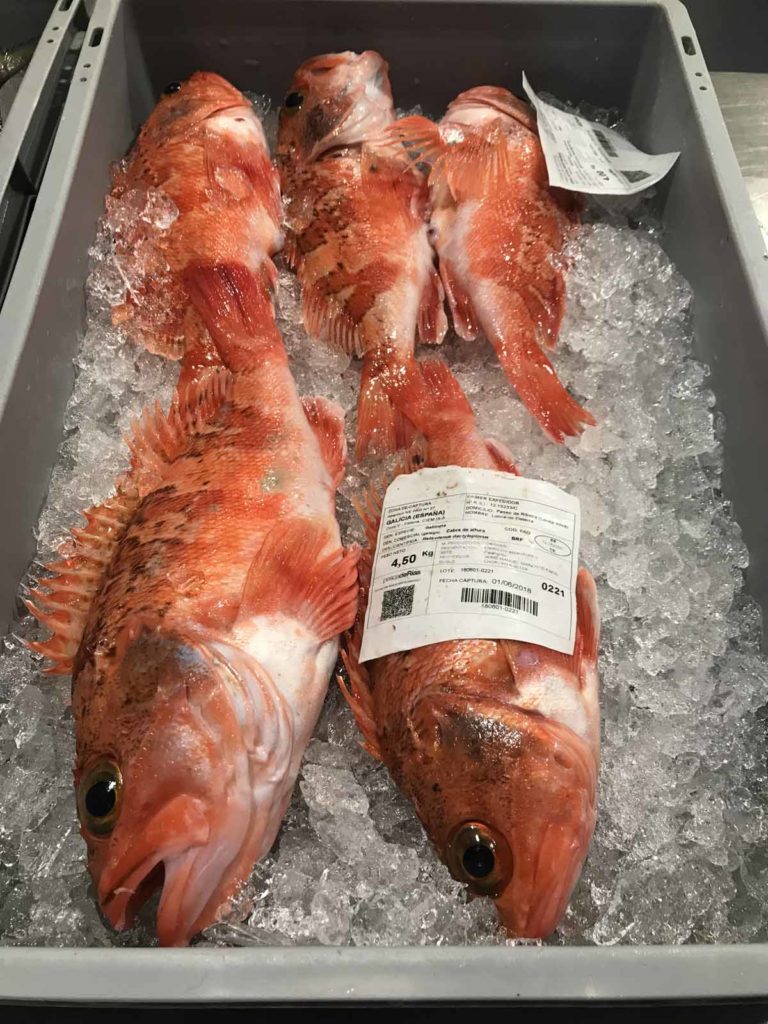
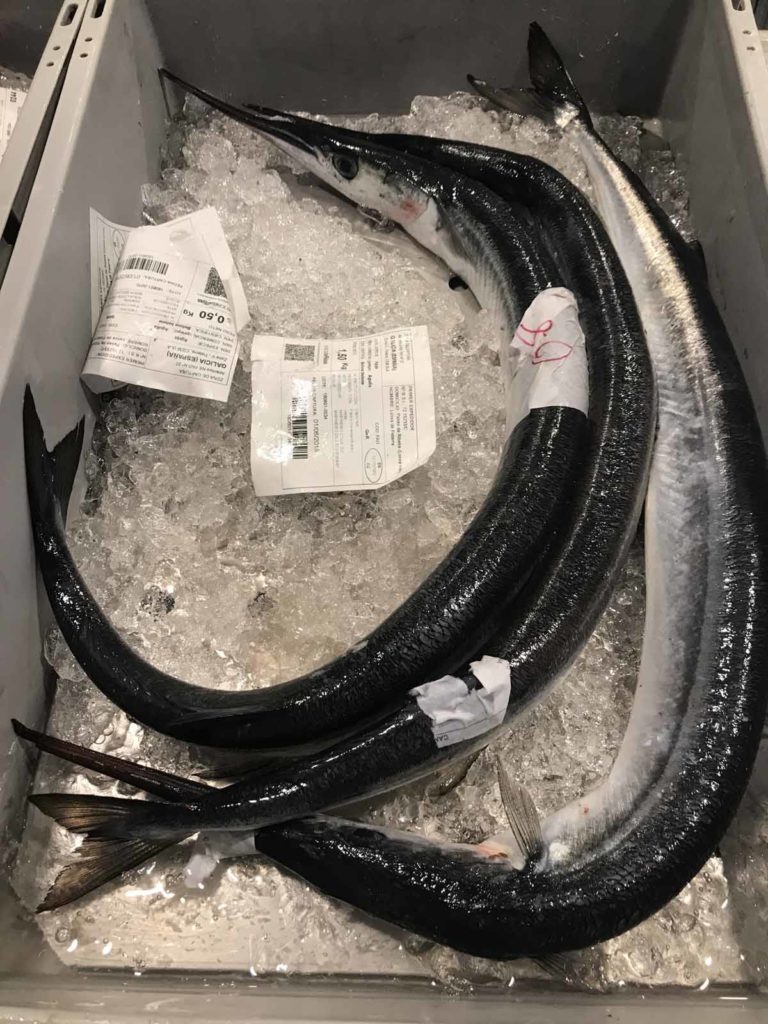
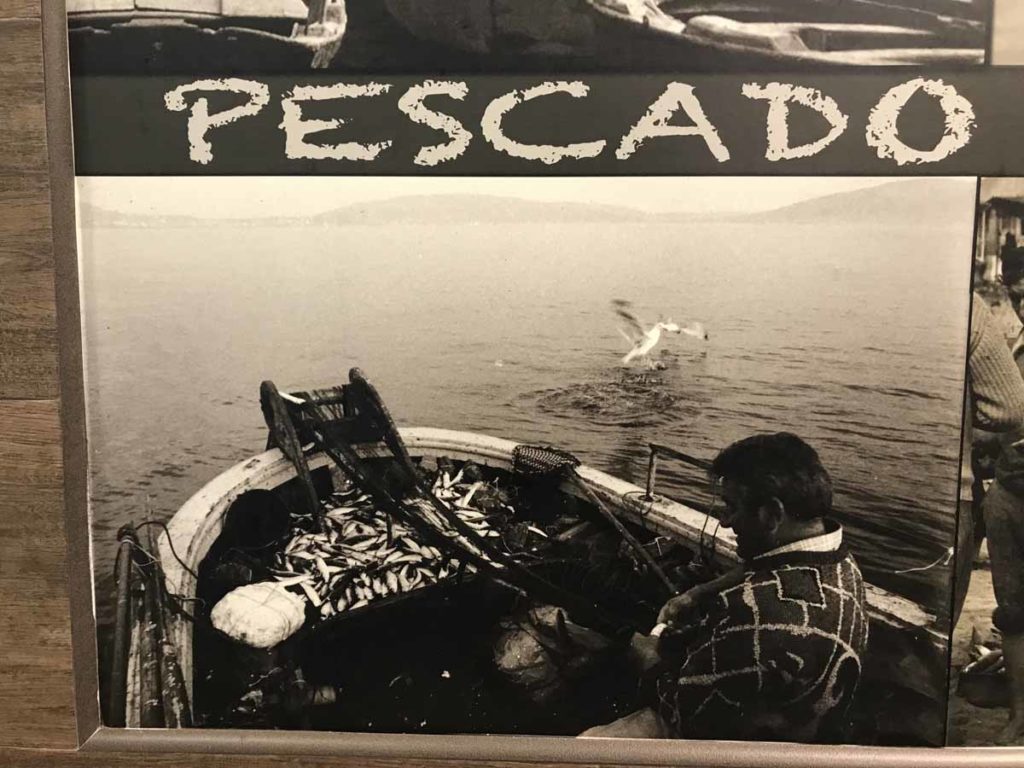
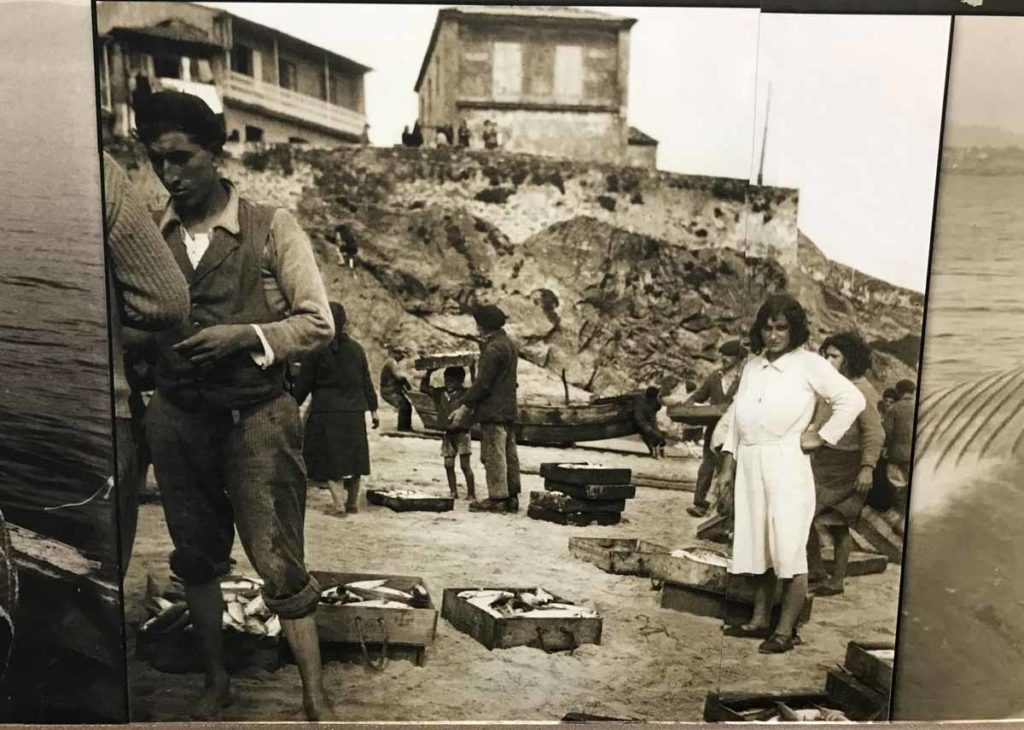
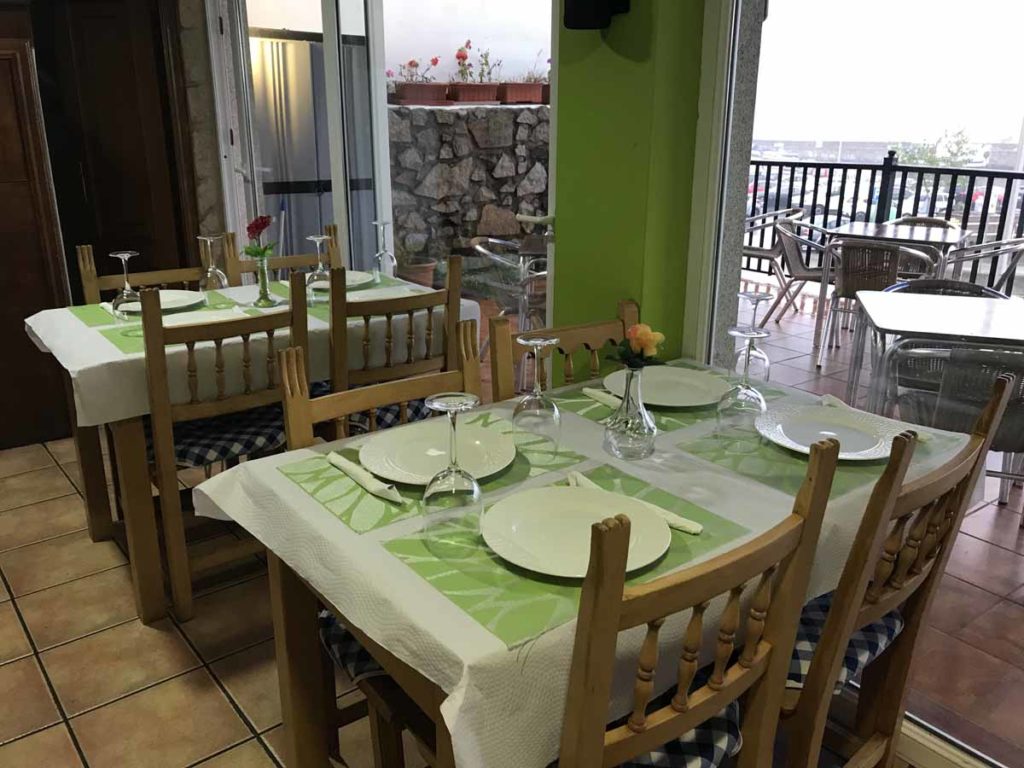
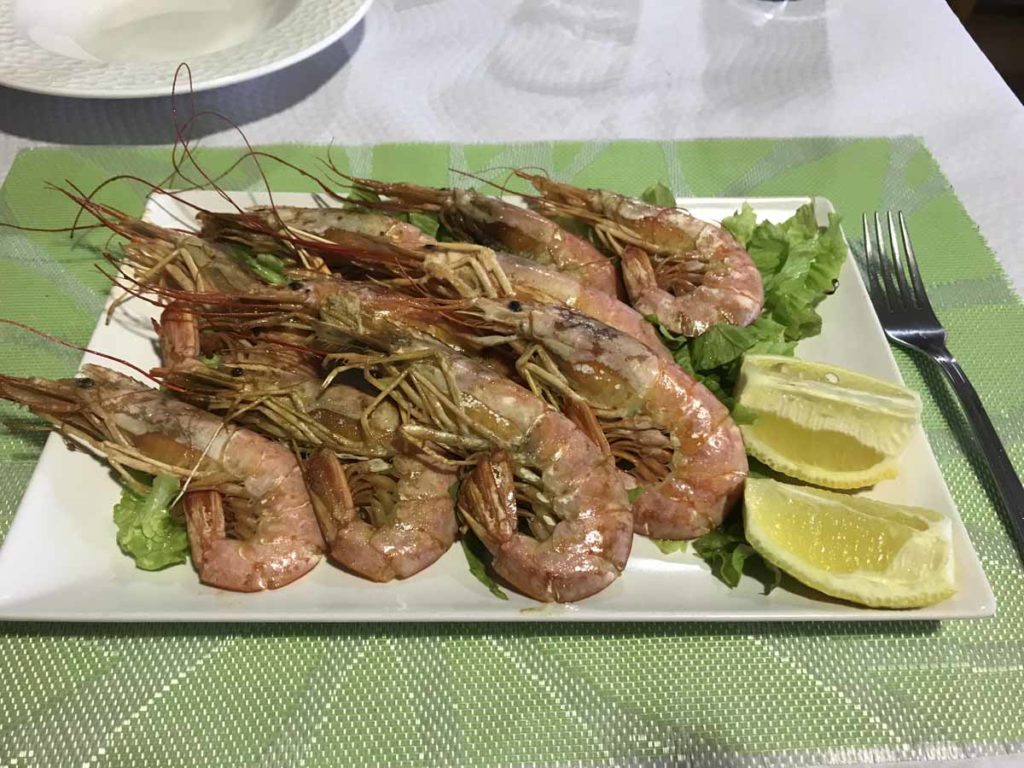
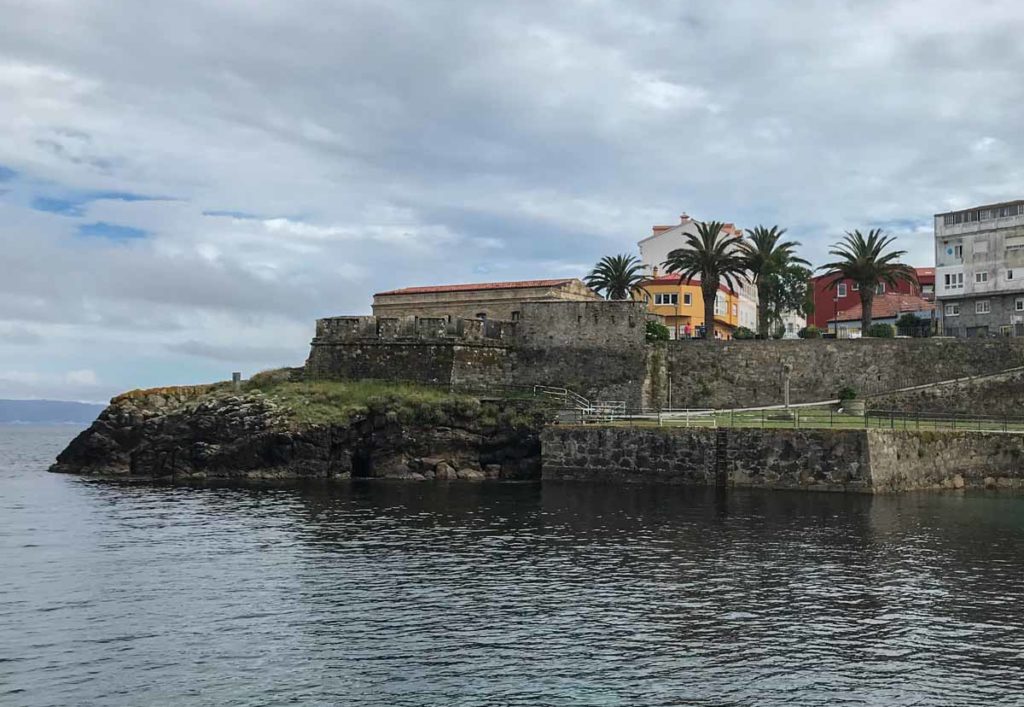
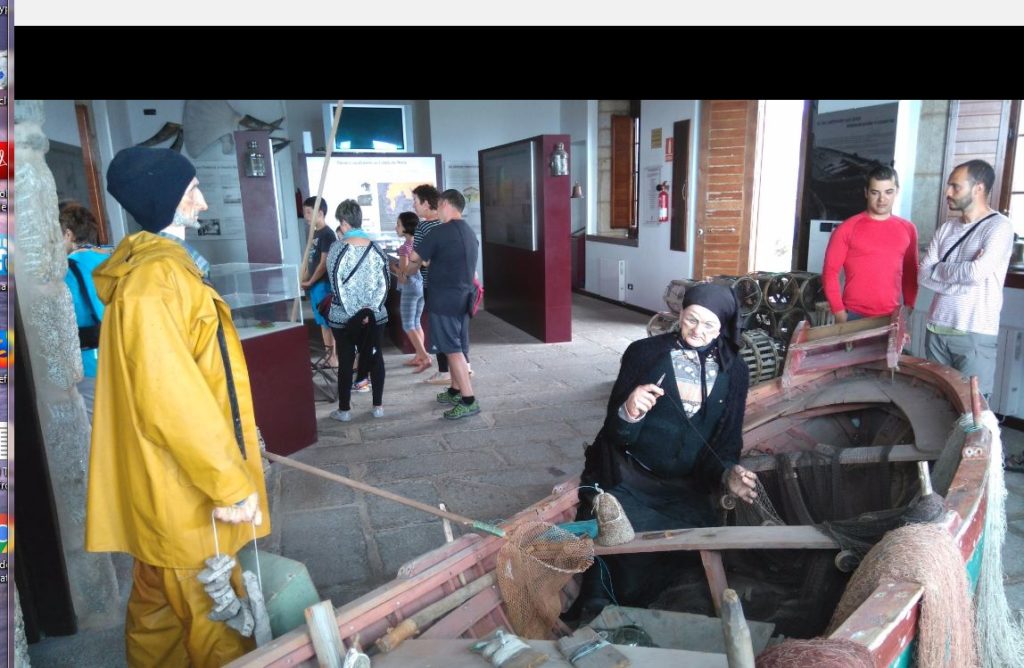
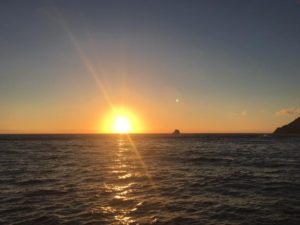
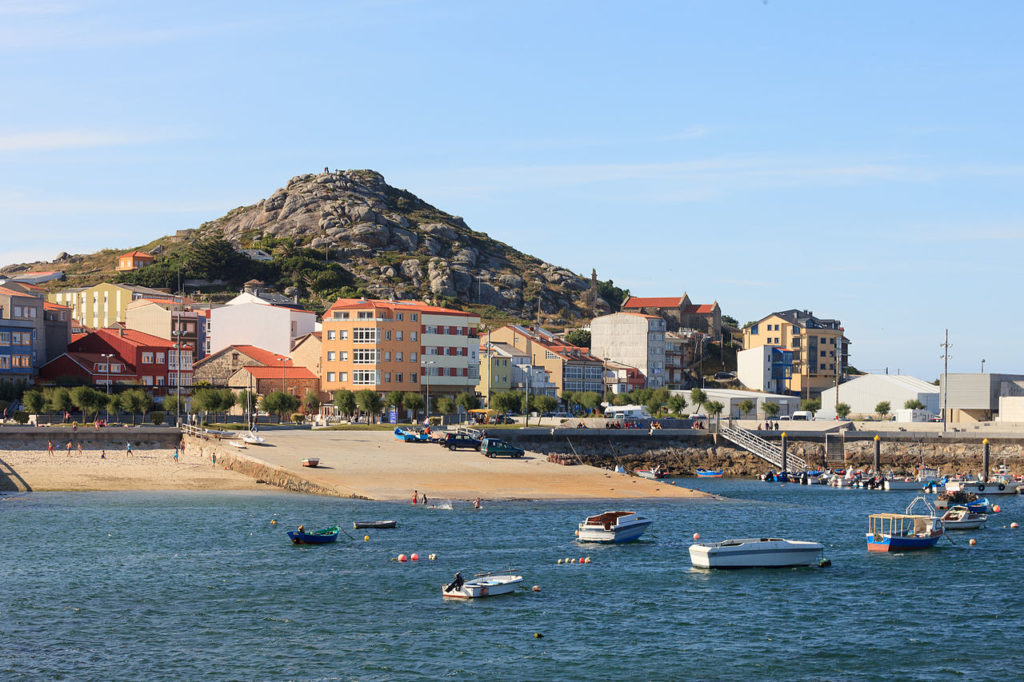
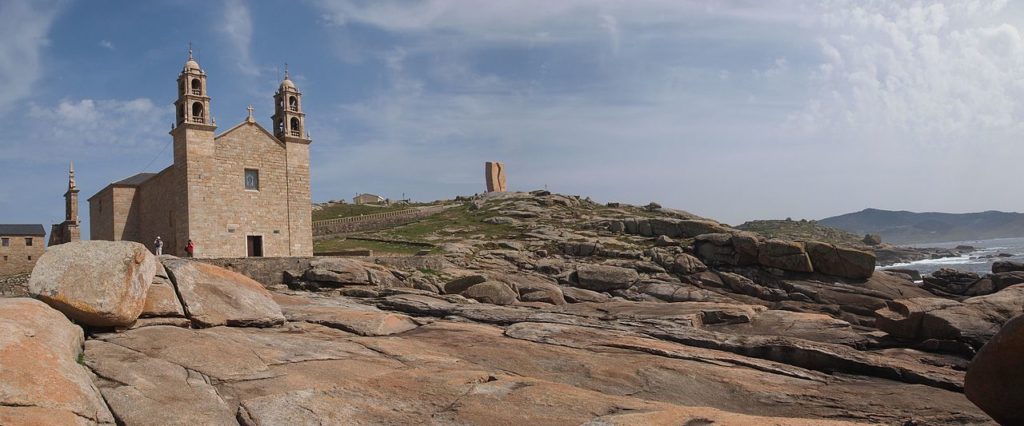
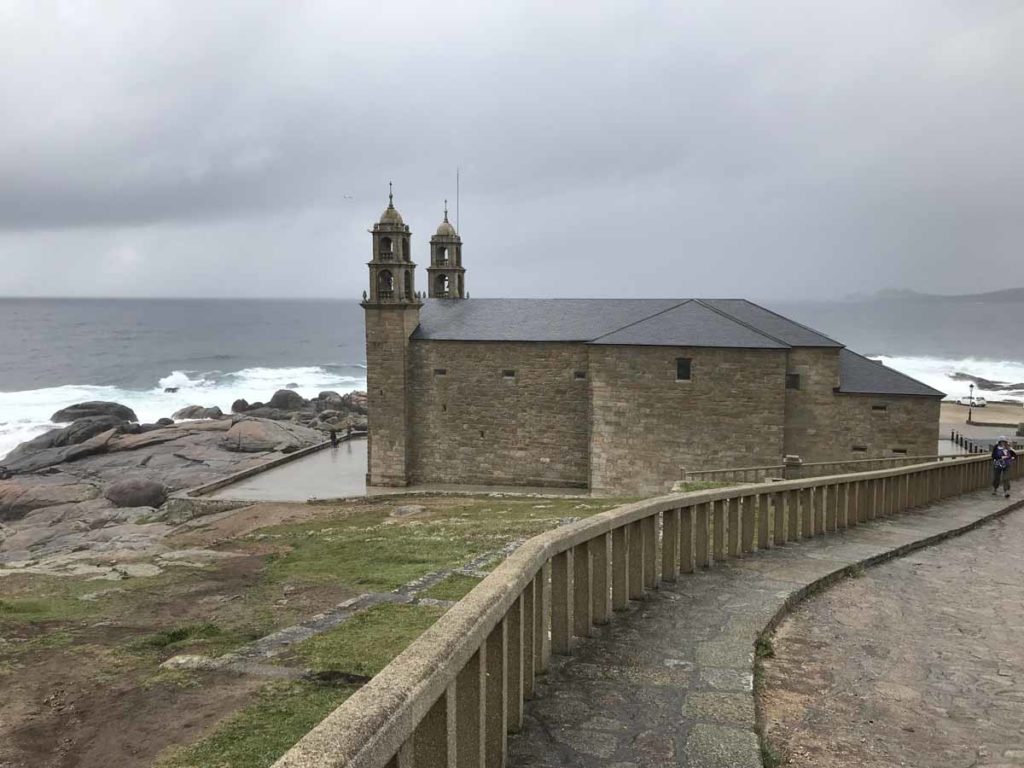
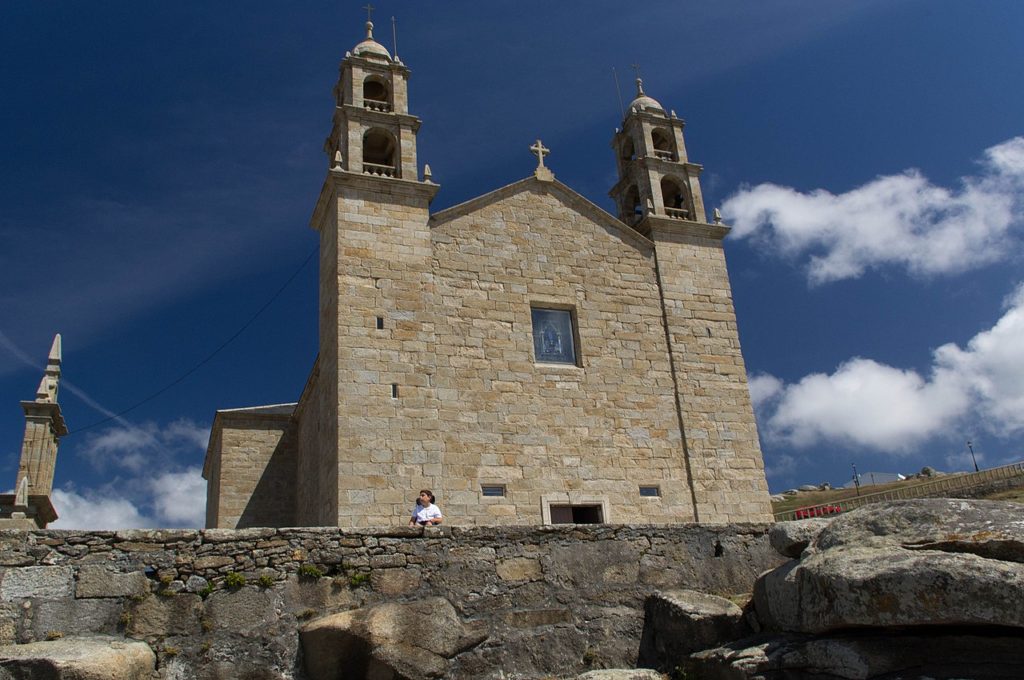
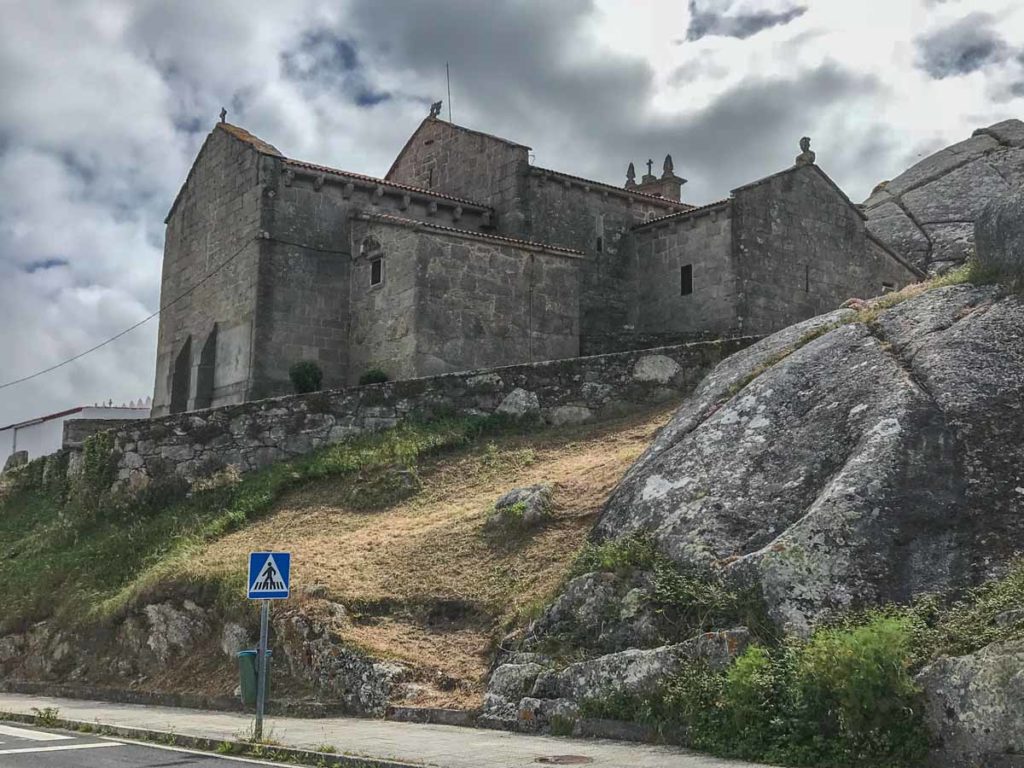
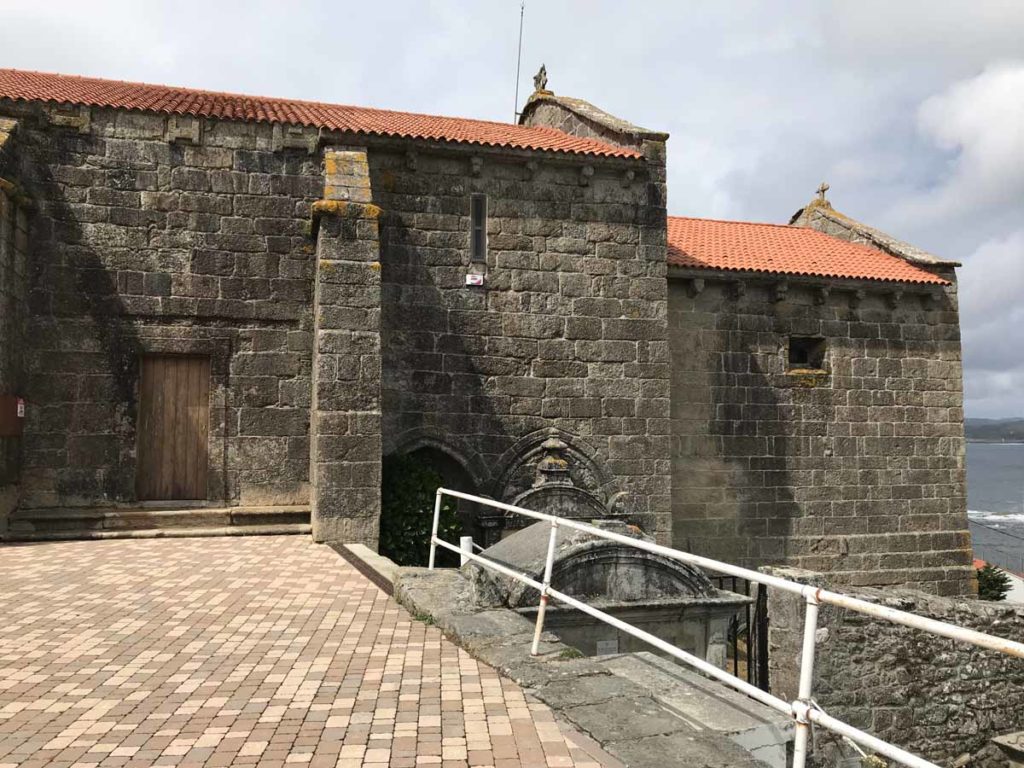

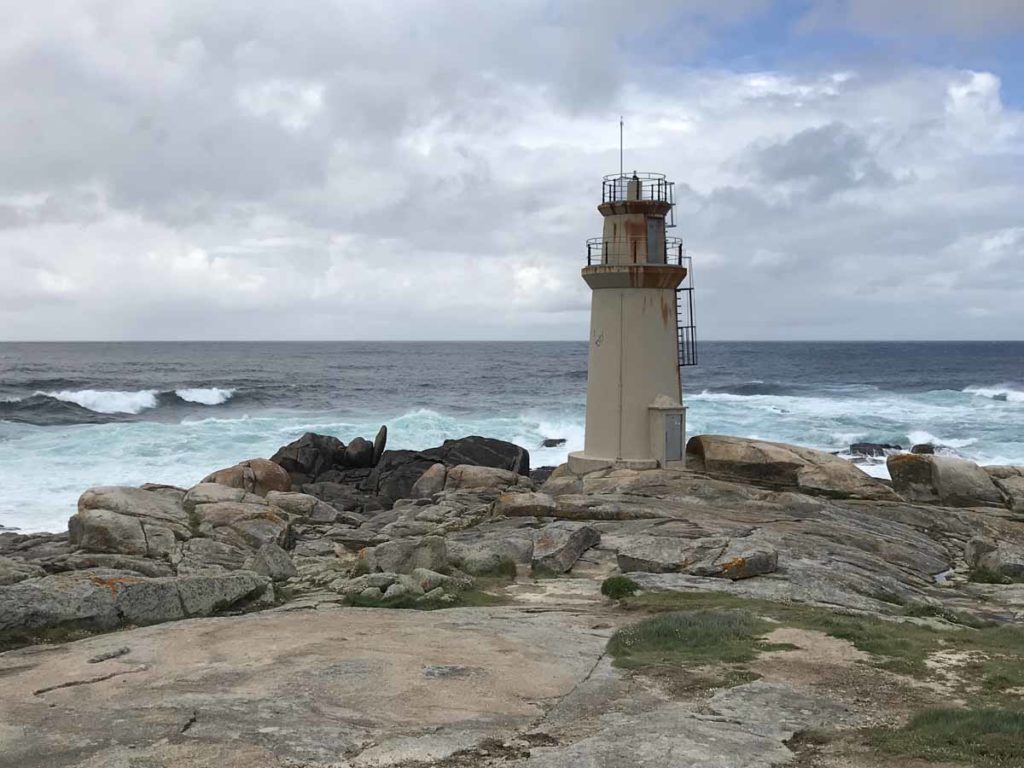
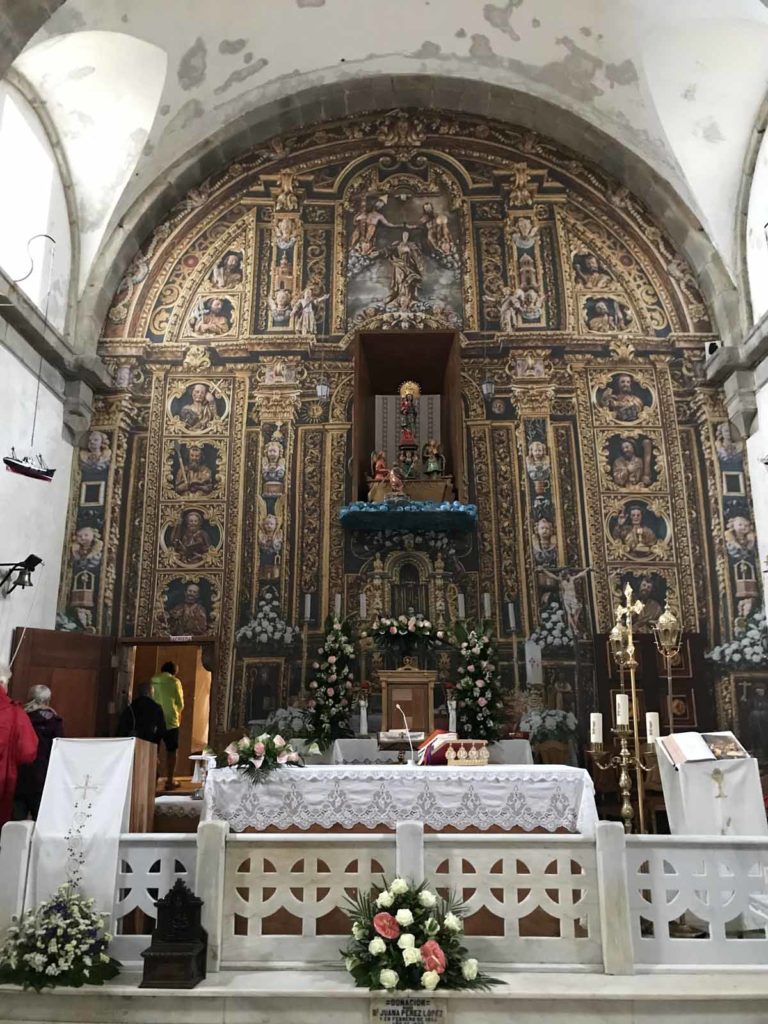
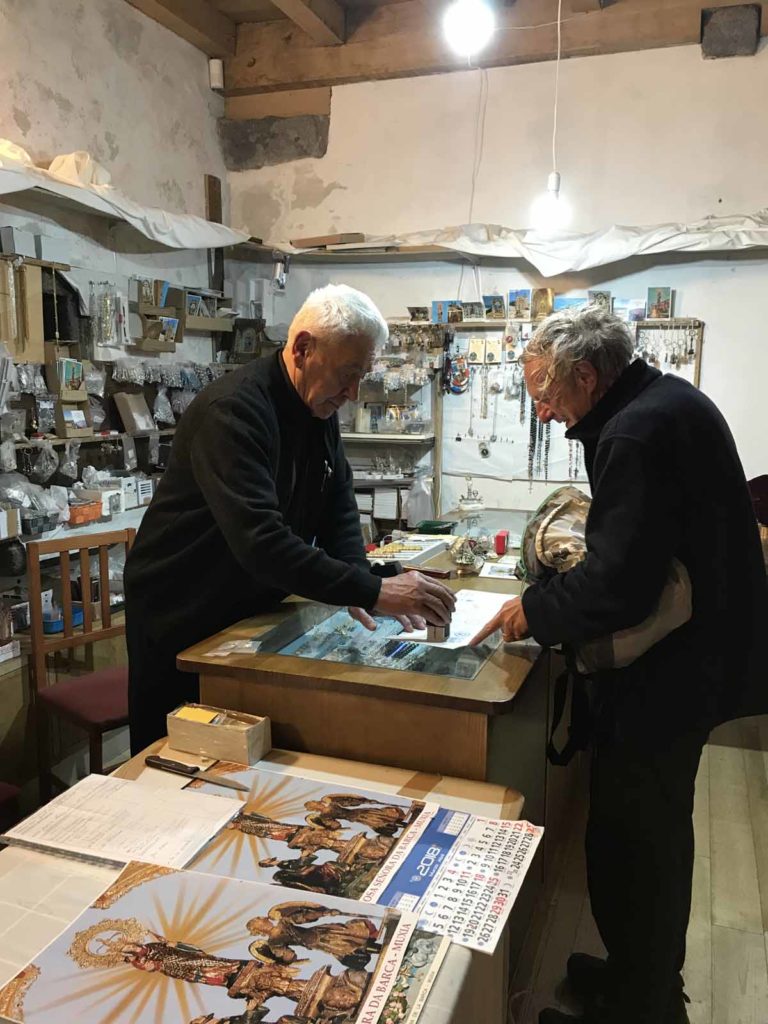
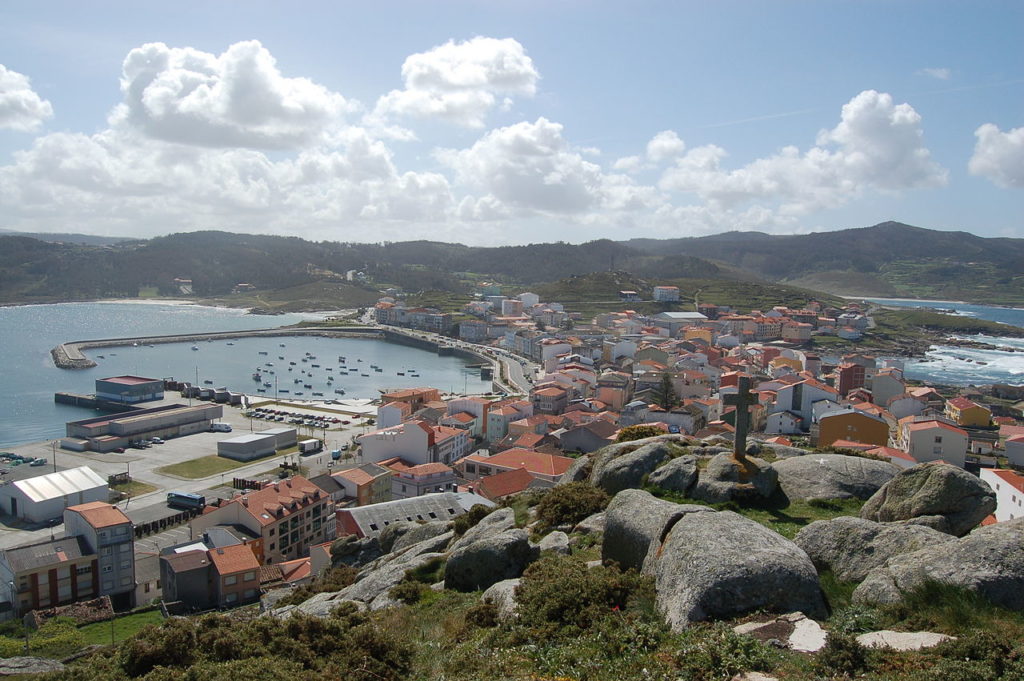
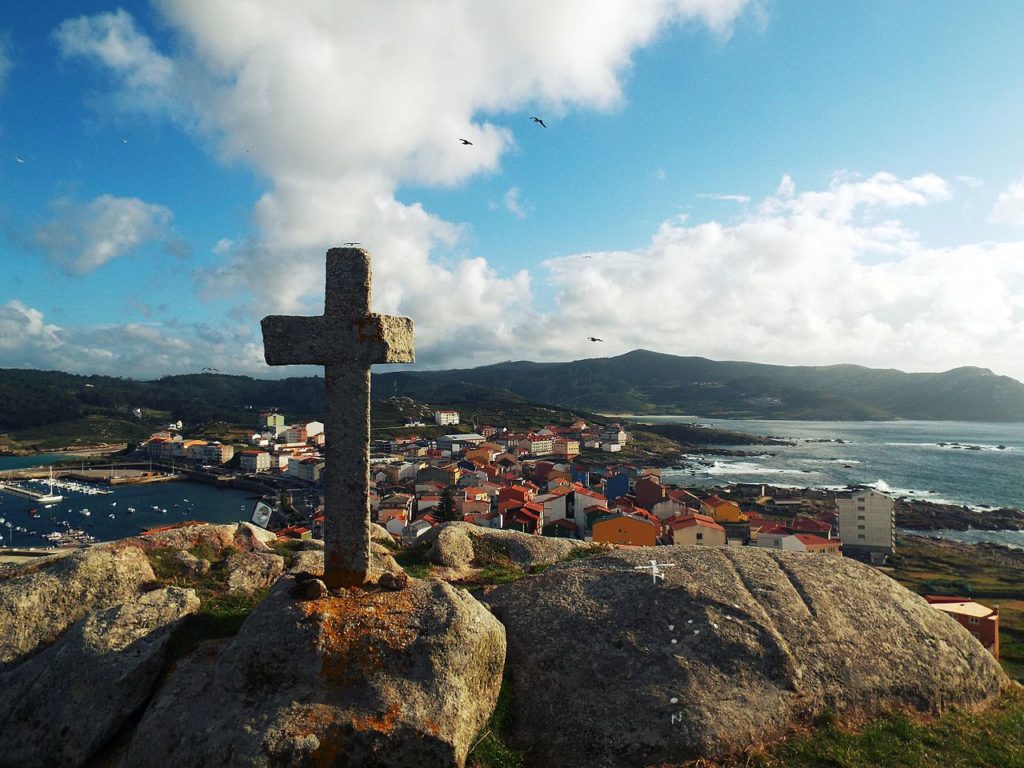
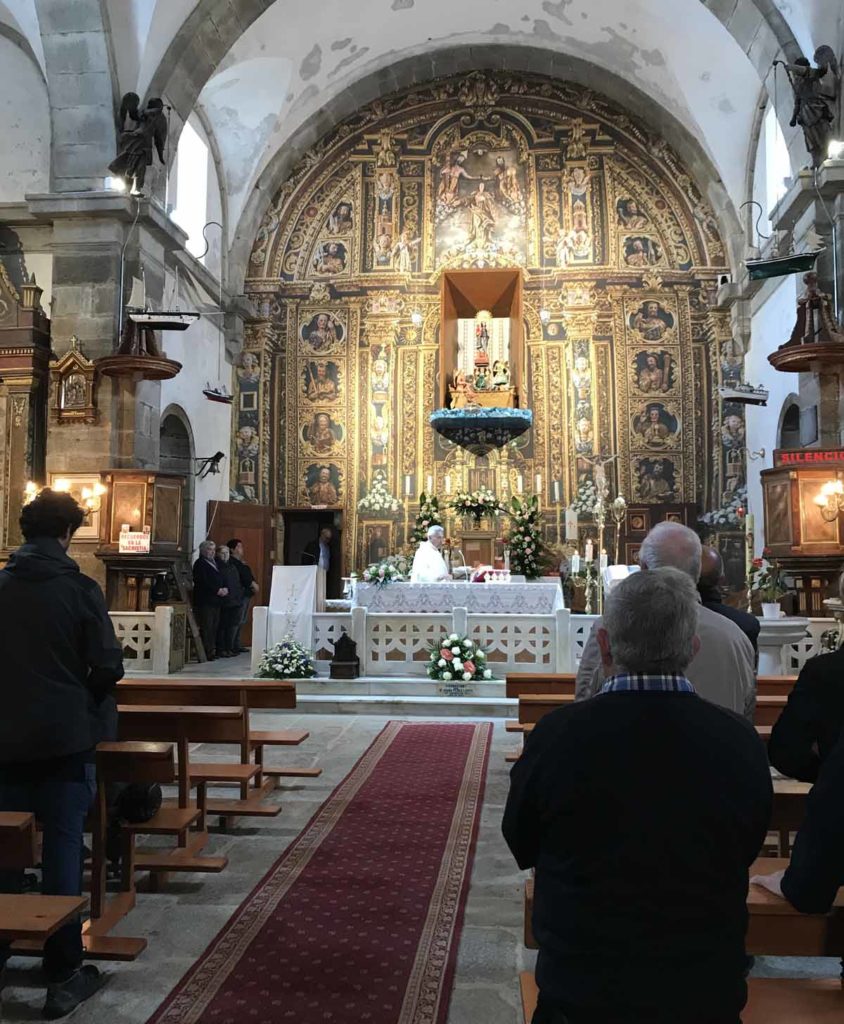
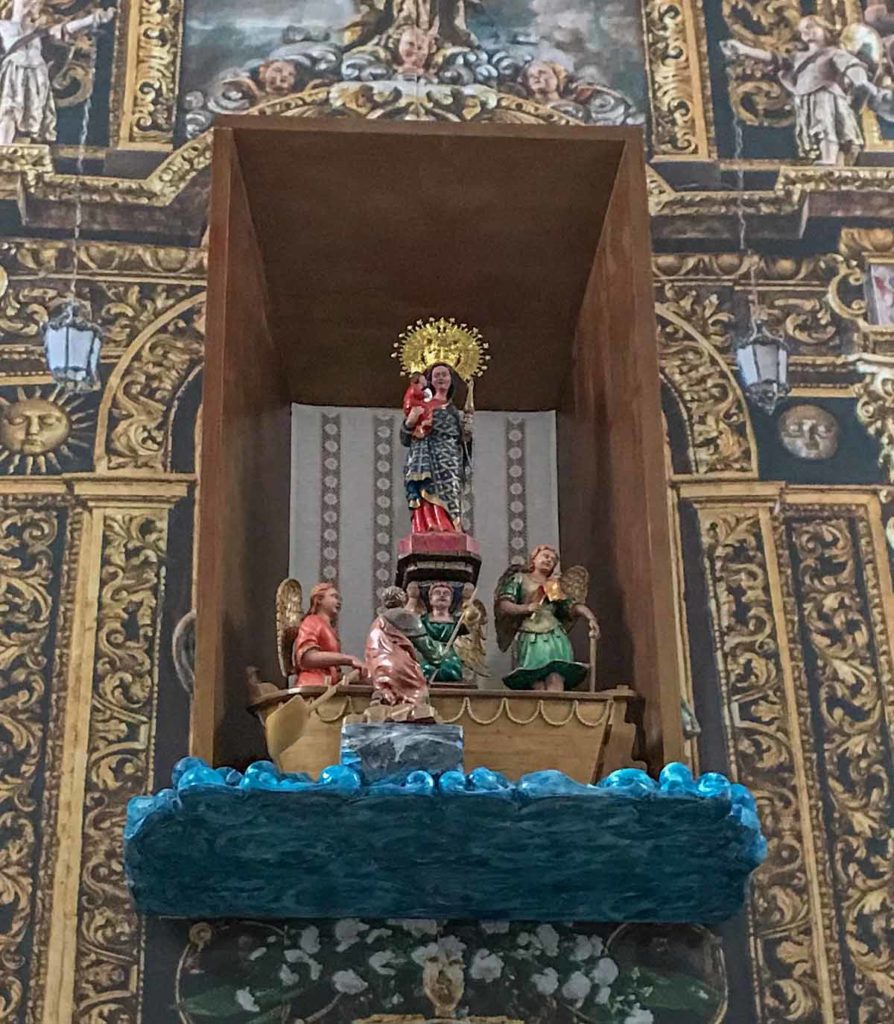
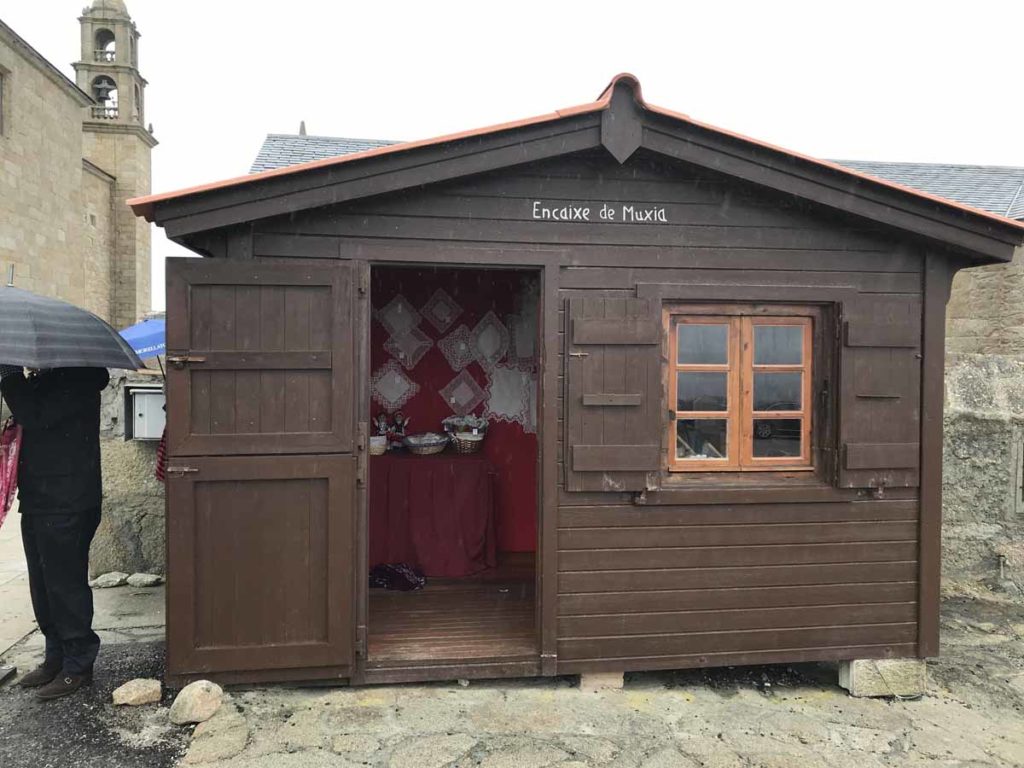
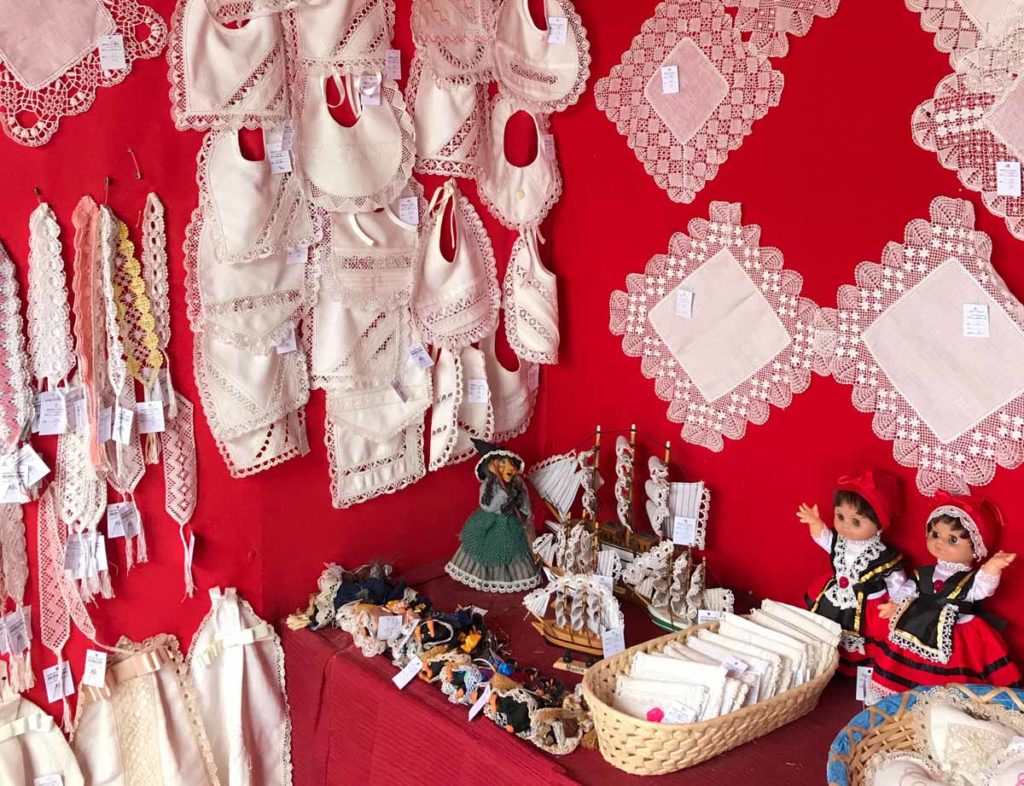
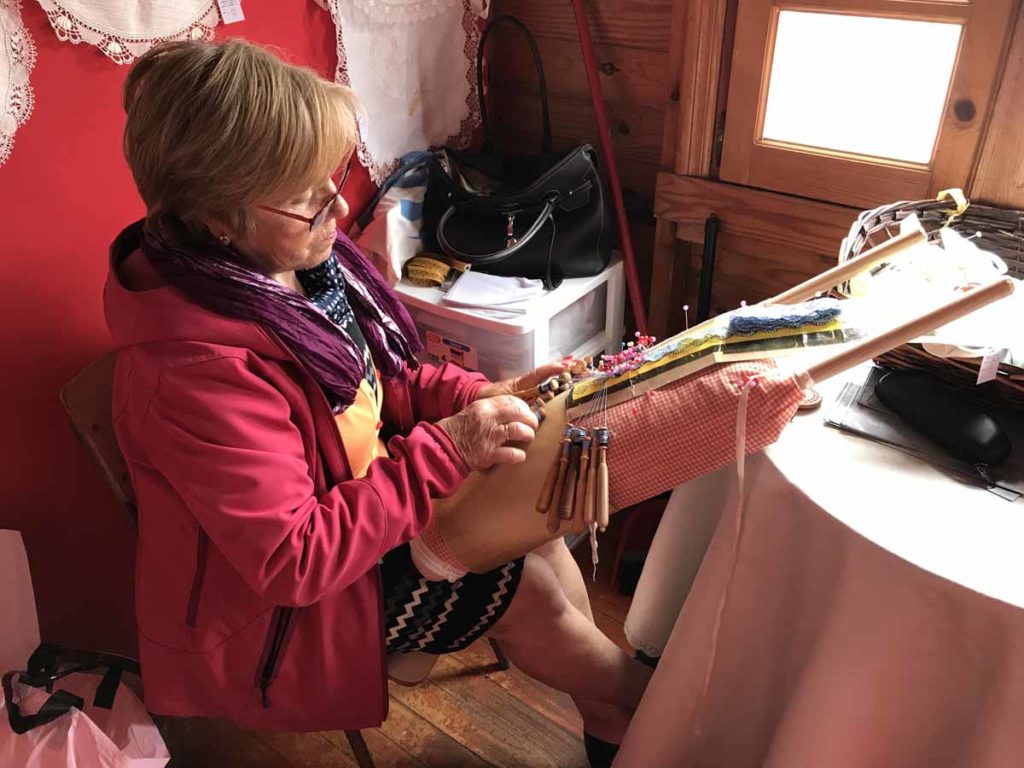
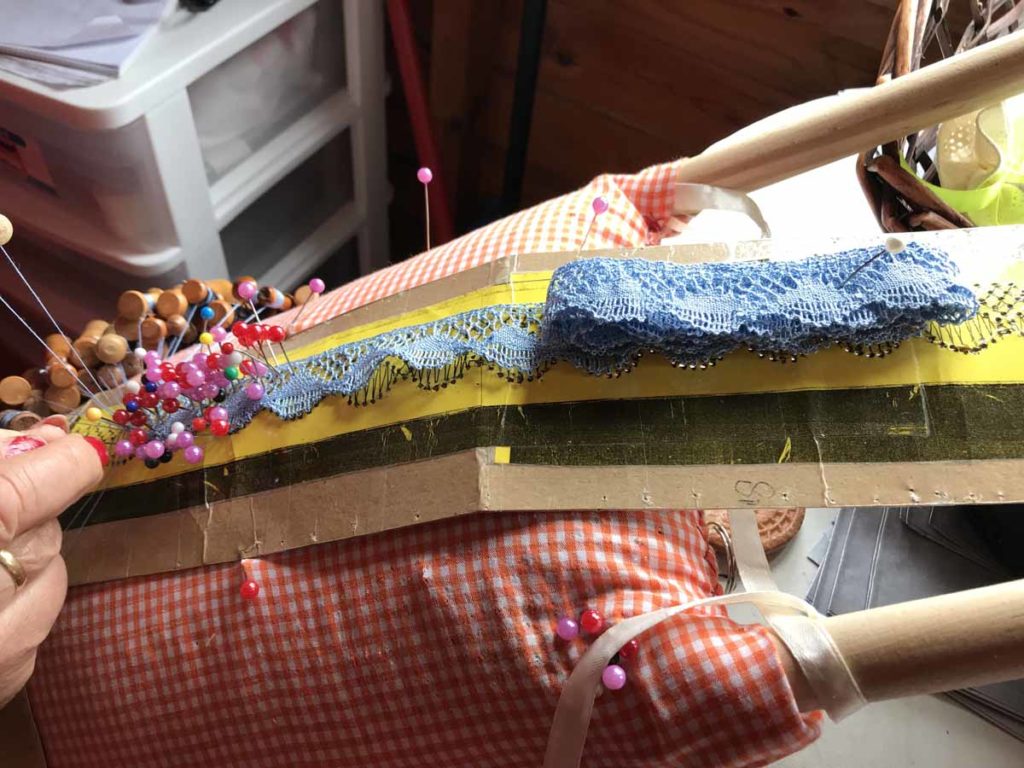
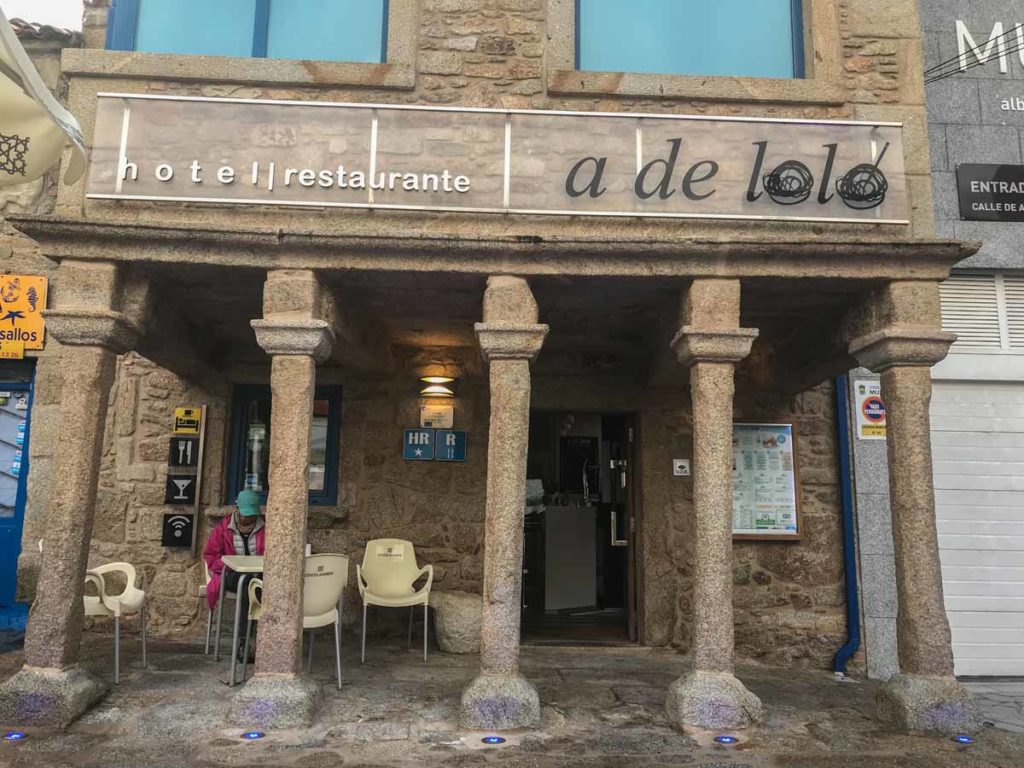
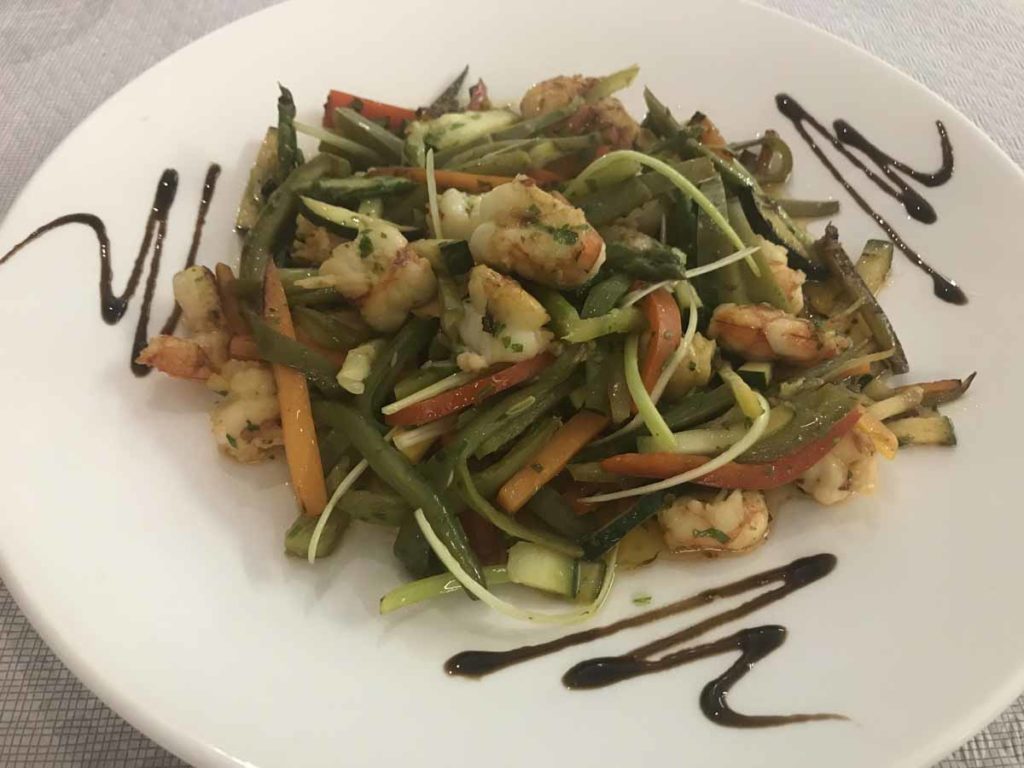
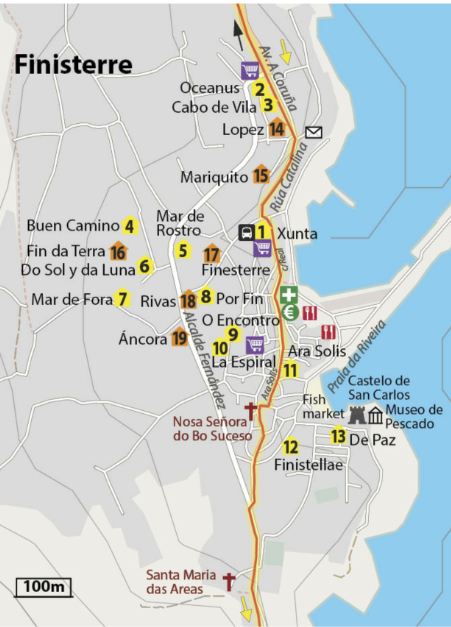
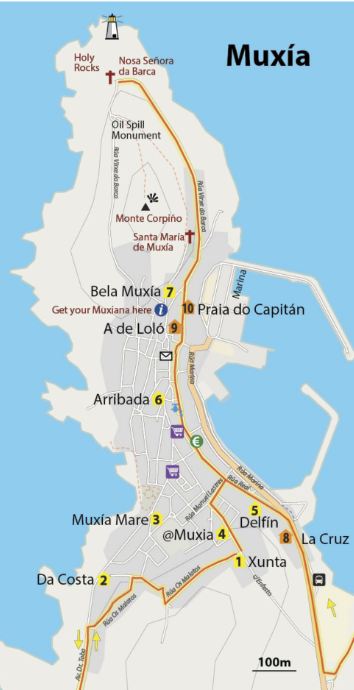
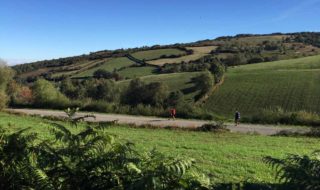
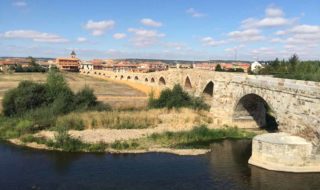
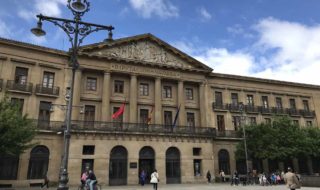
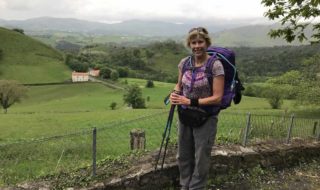
Sounds like a great time. I’d love to visit!
Thanks, Gregory. I”m sure you would really enjoy this very special area.